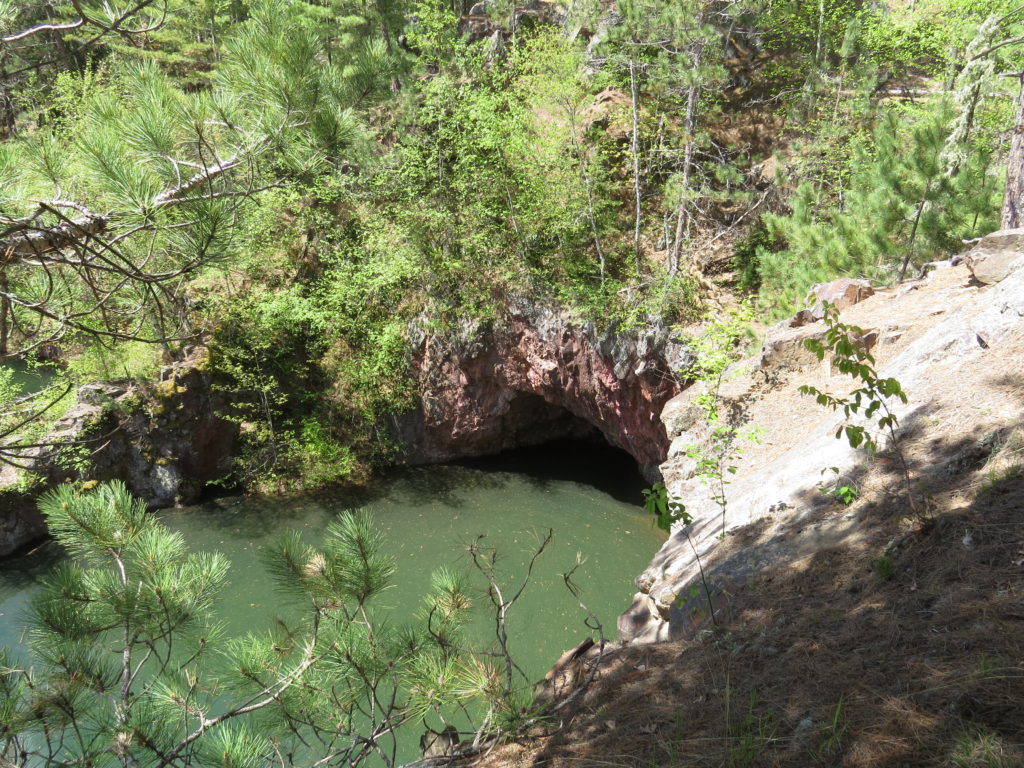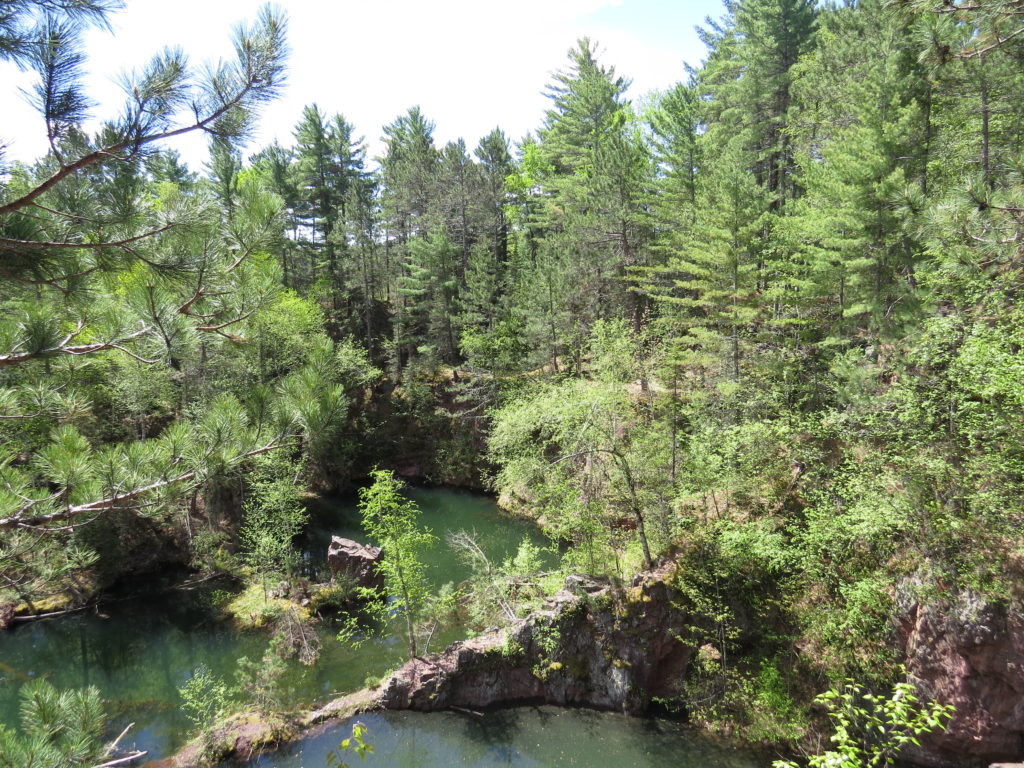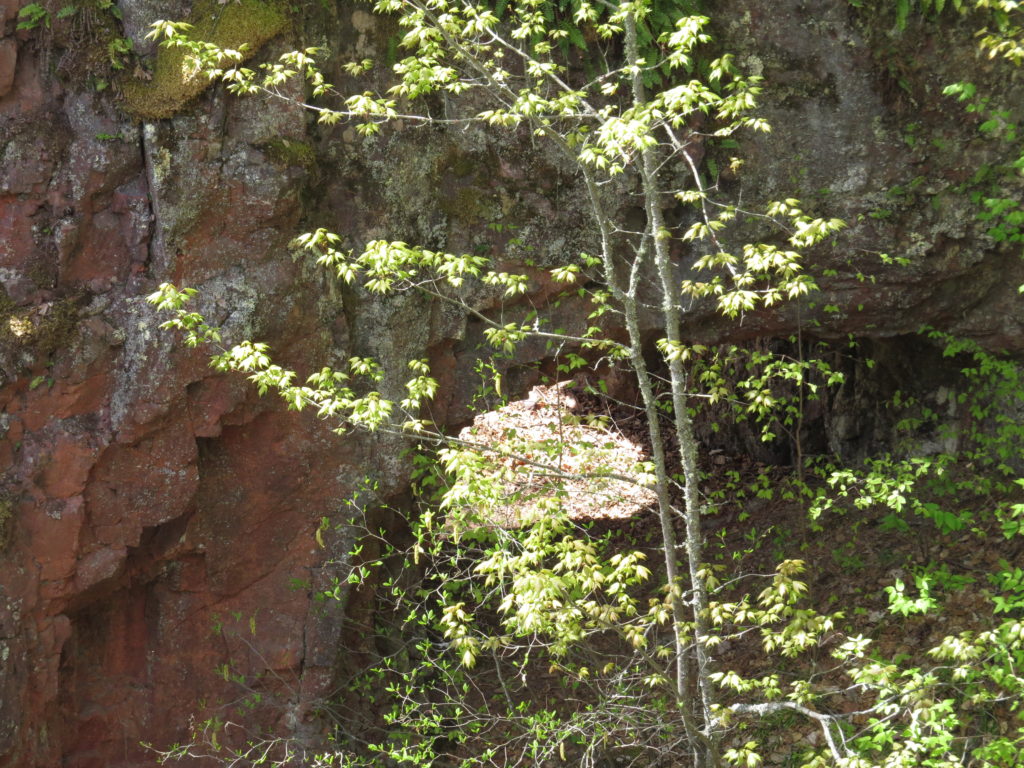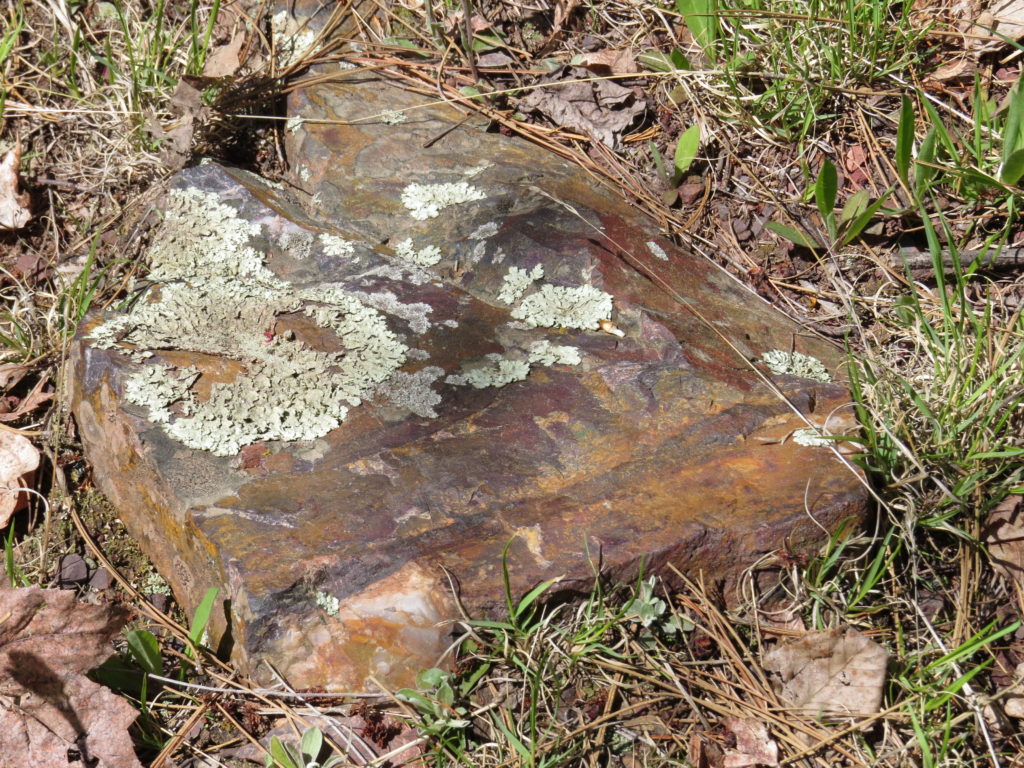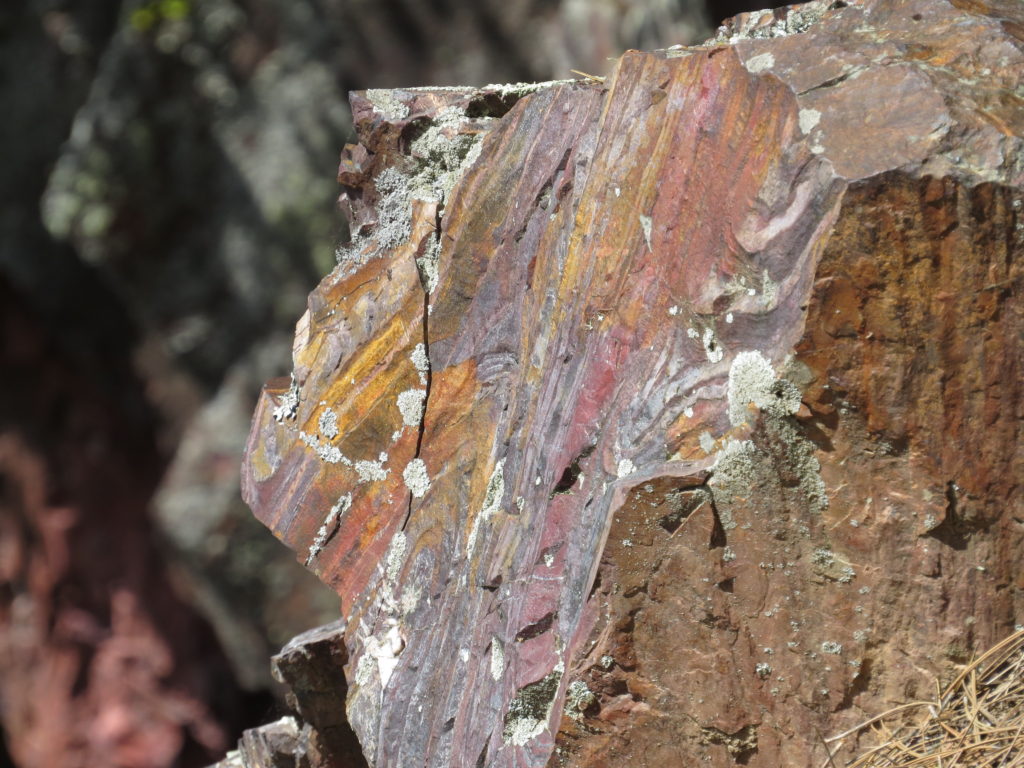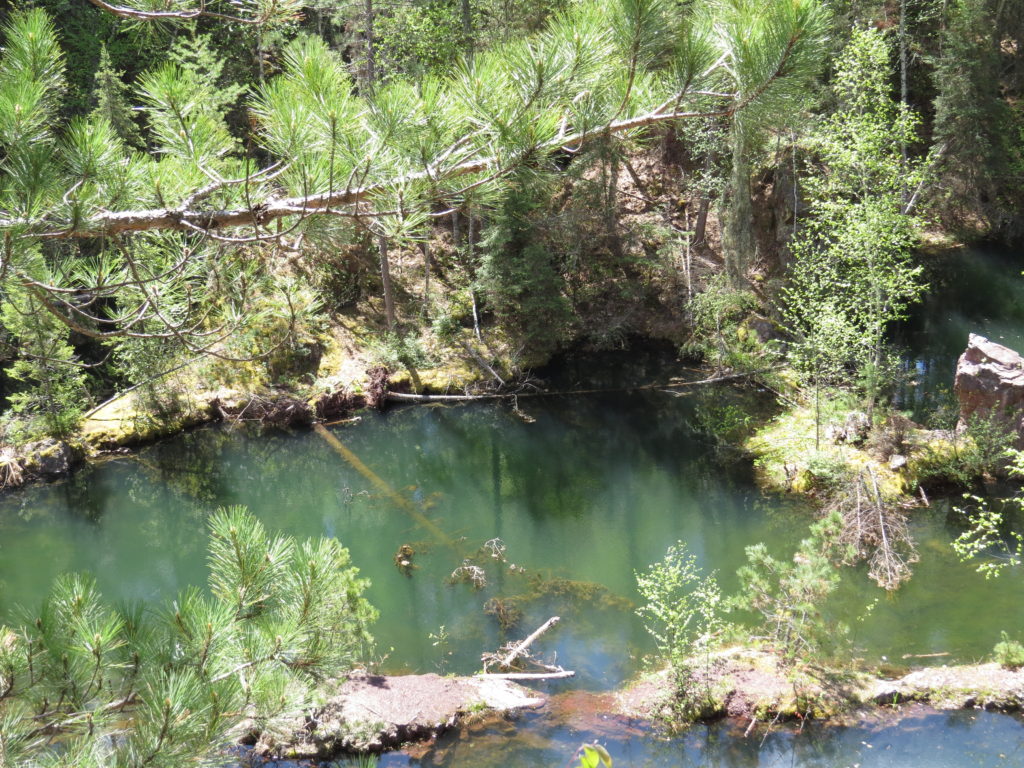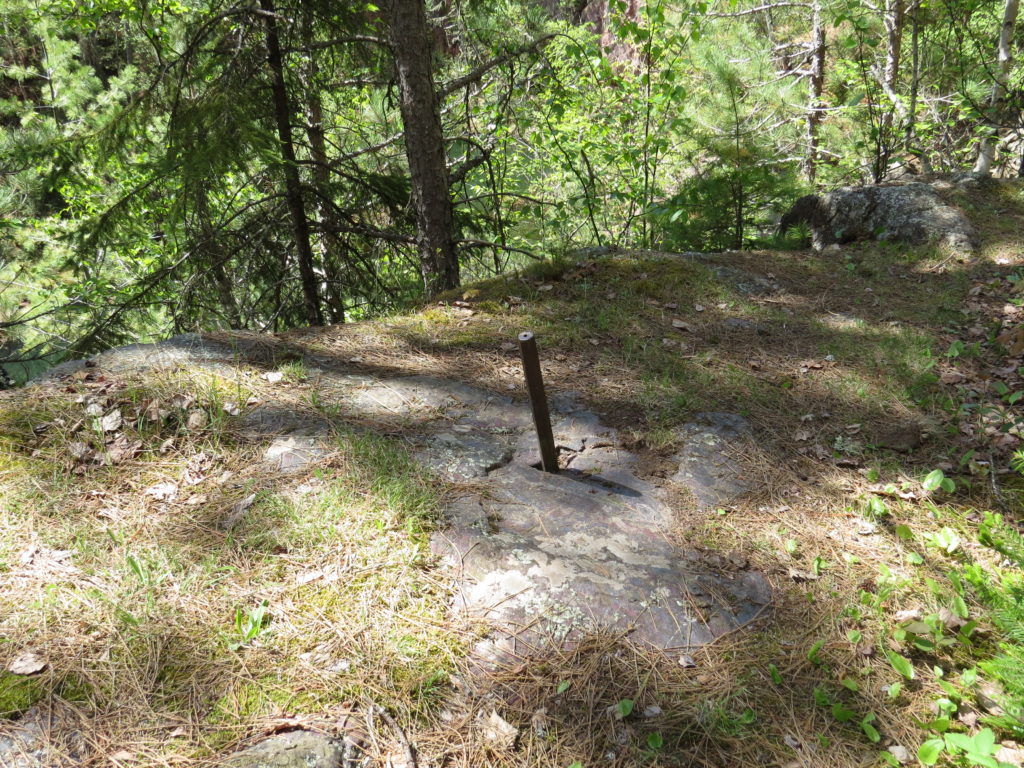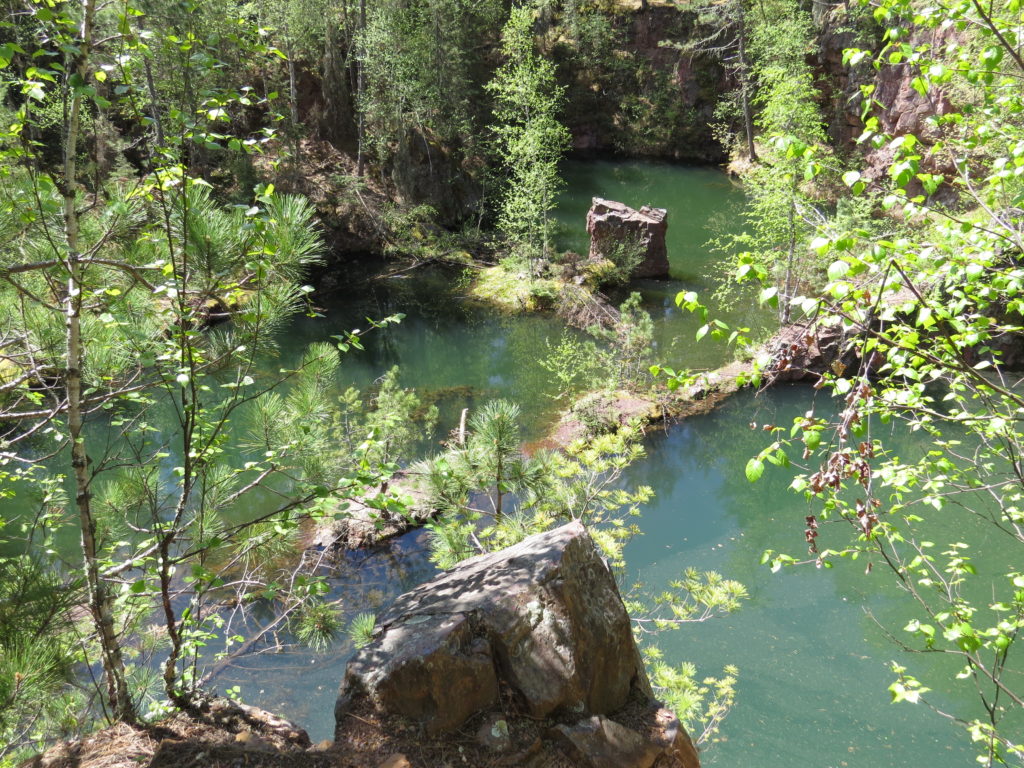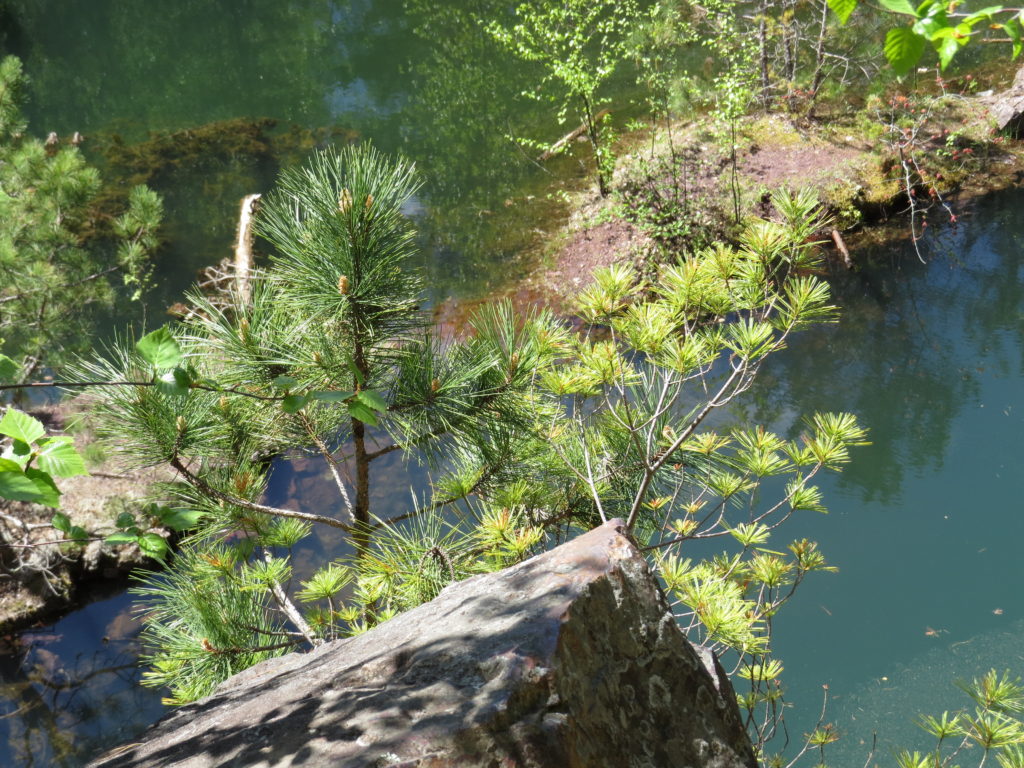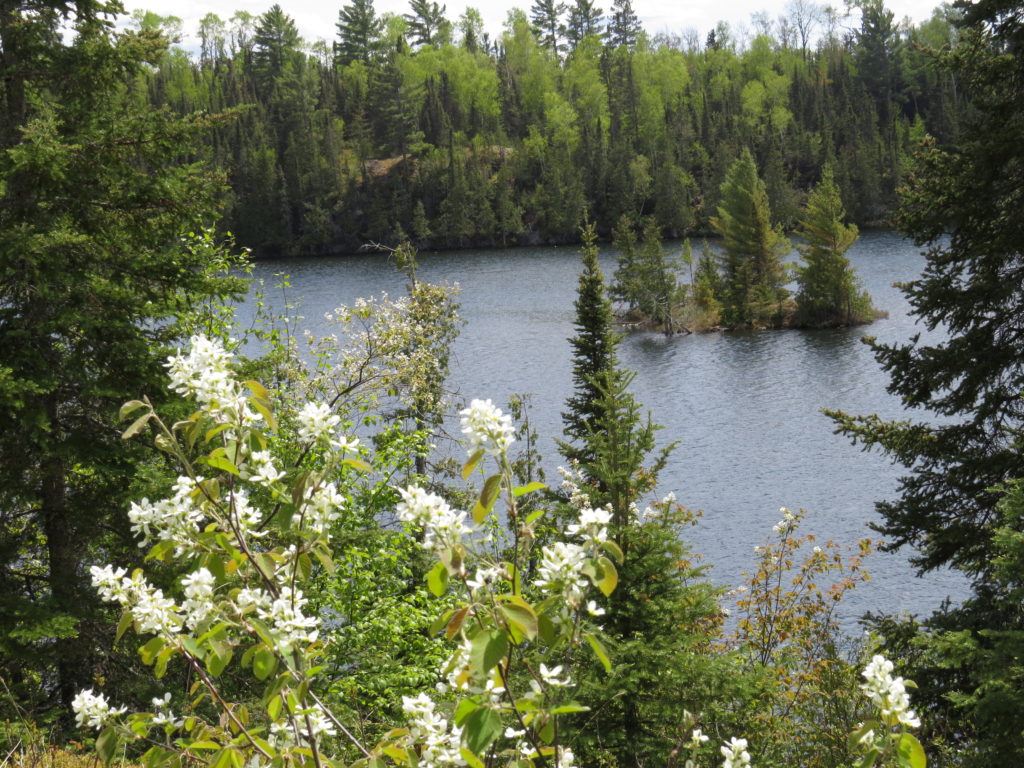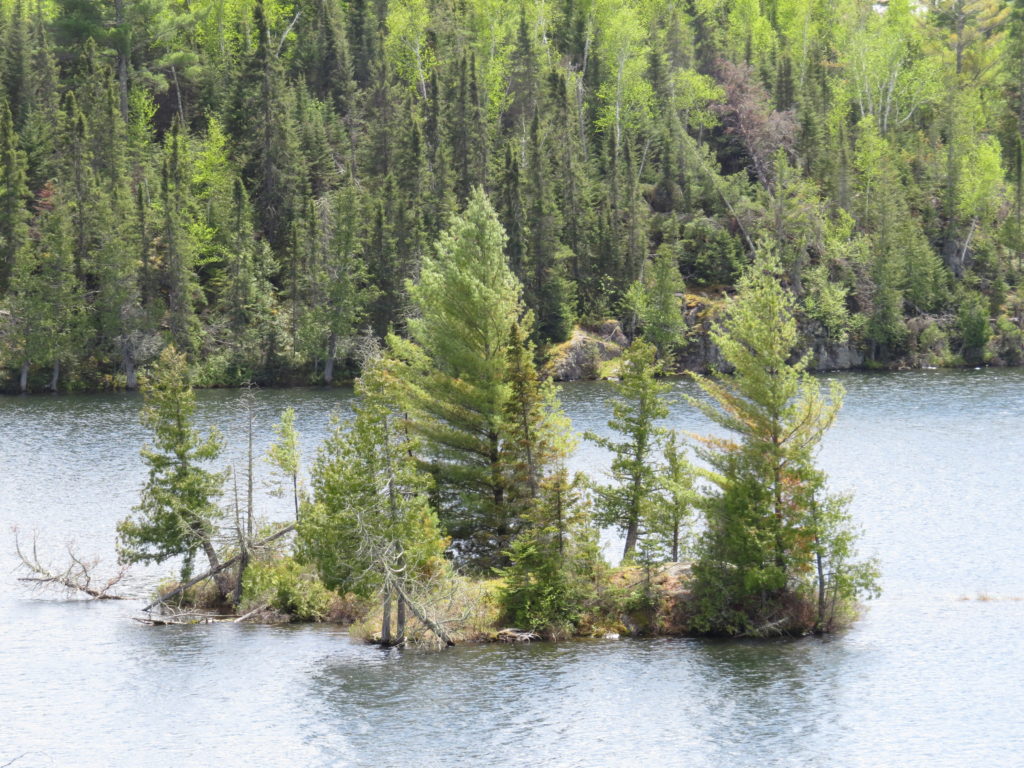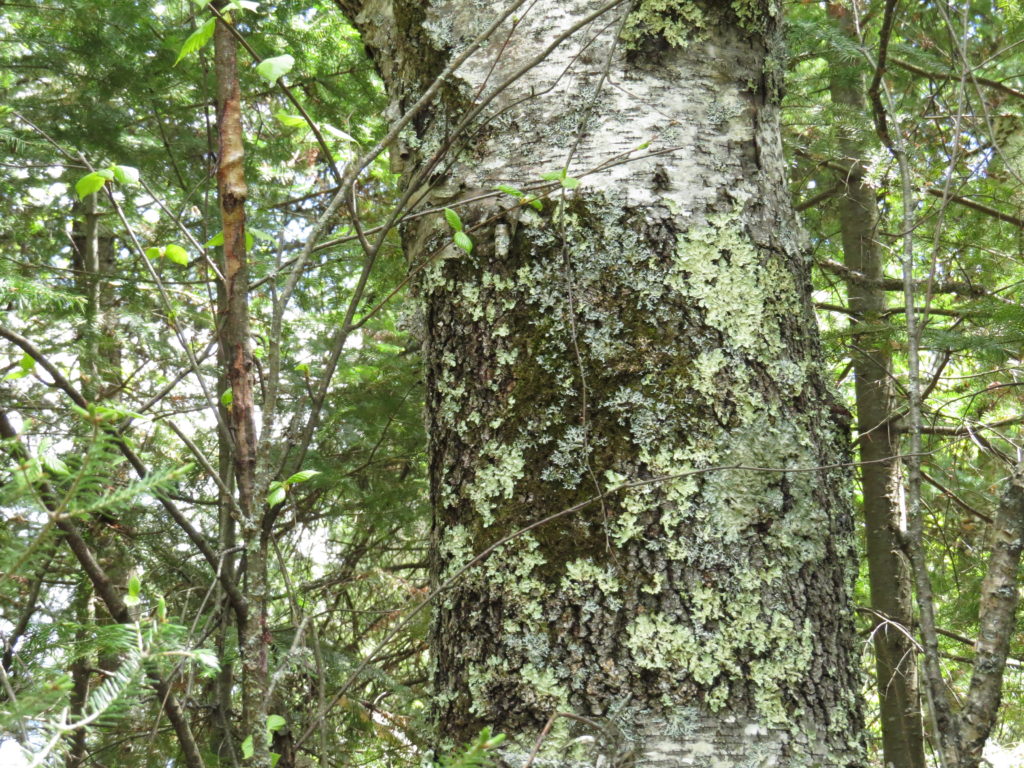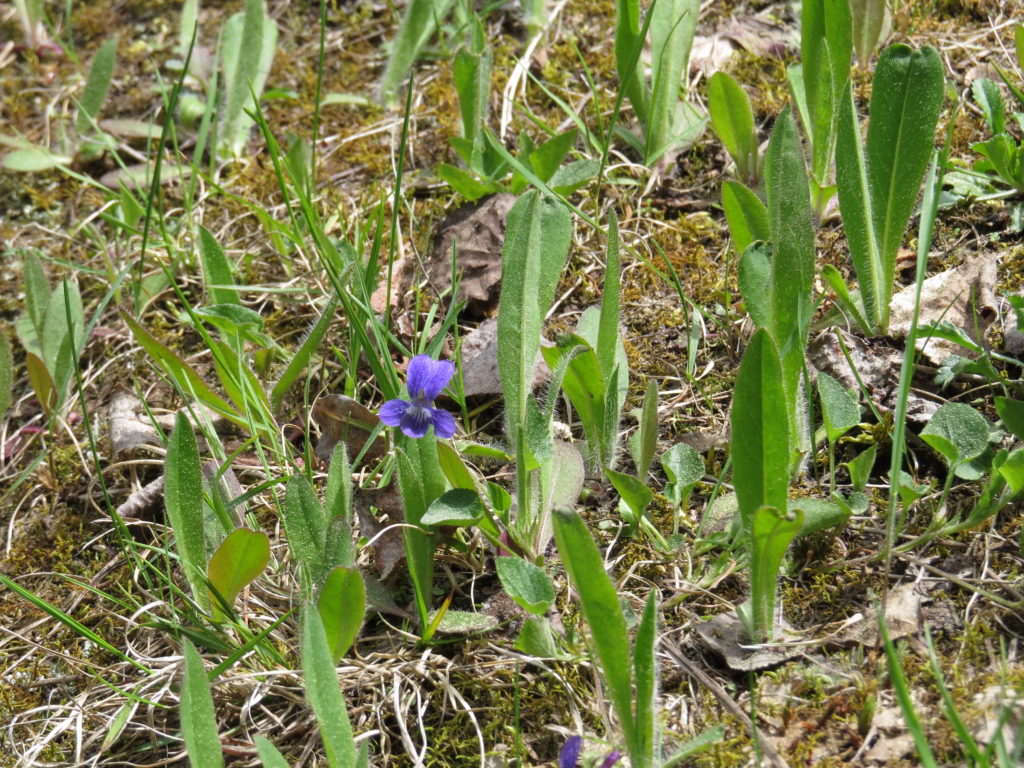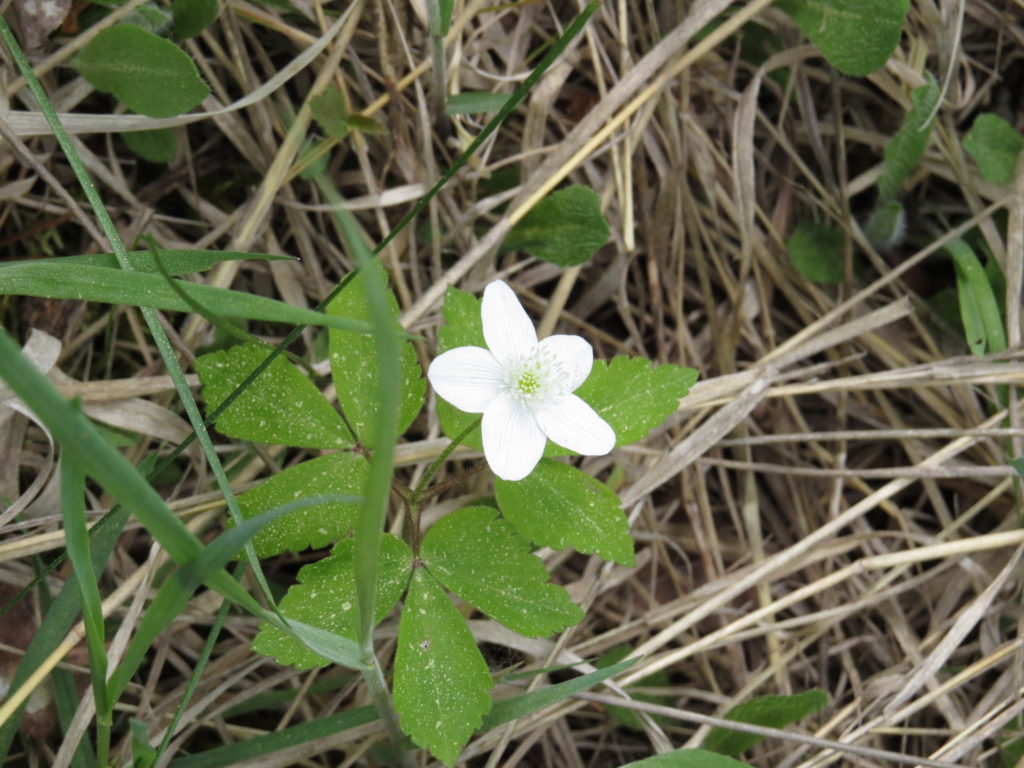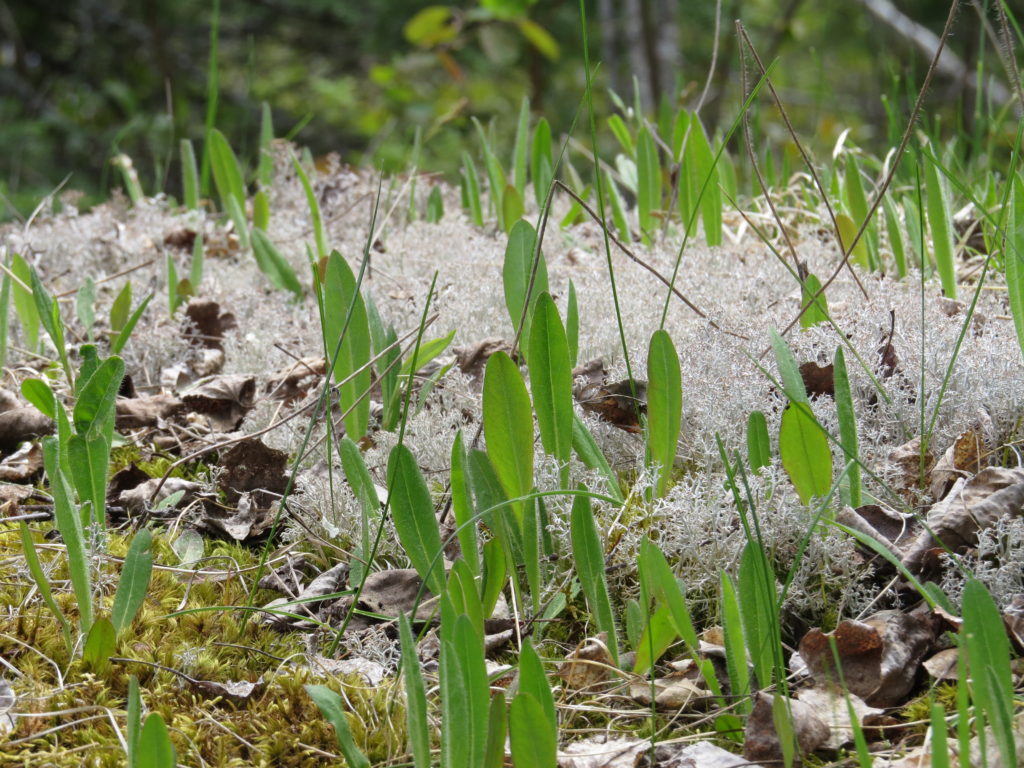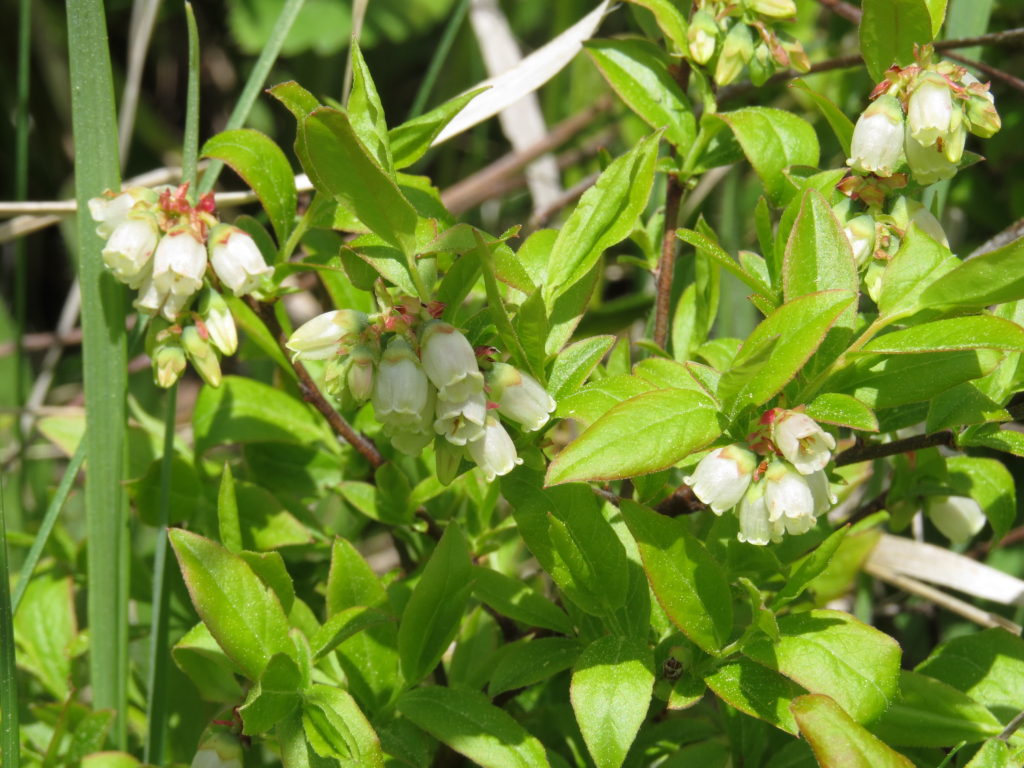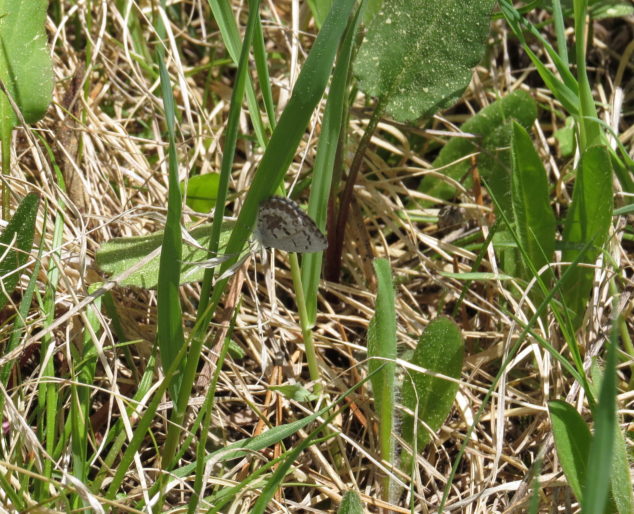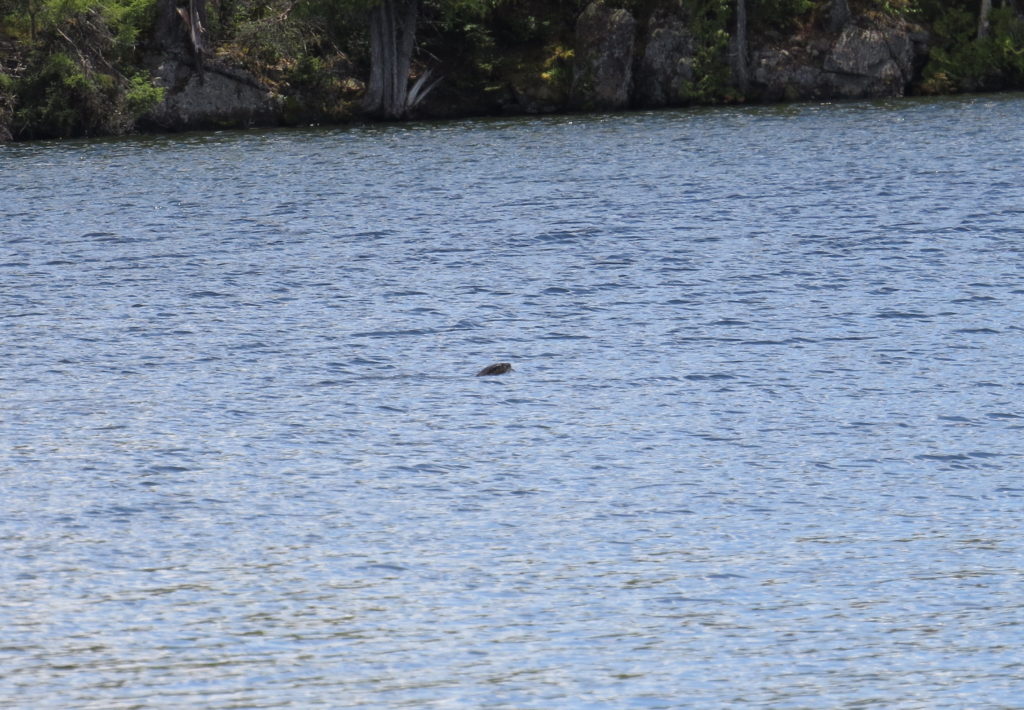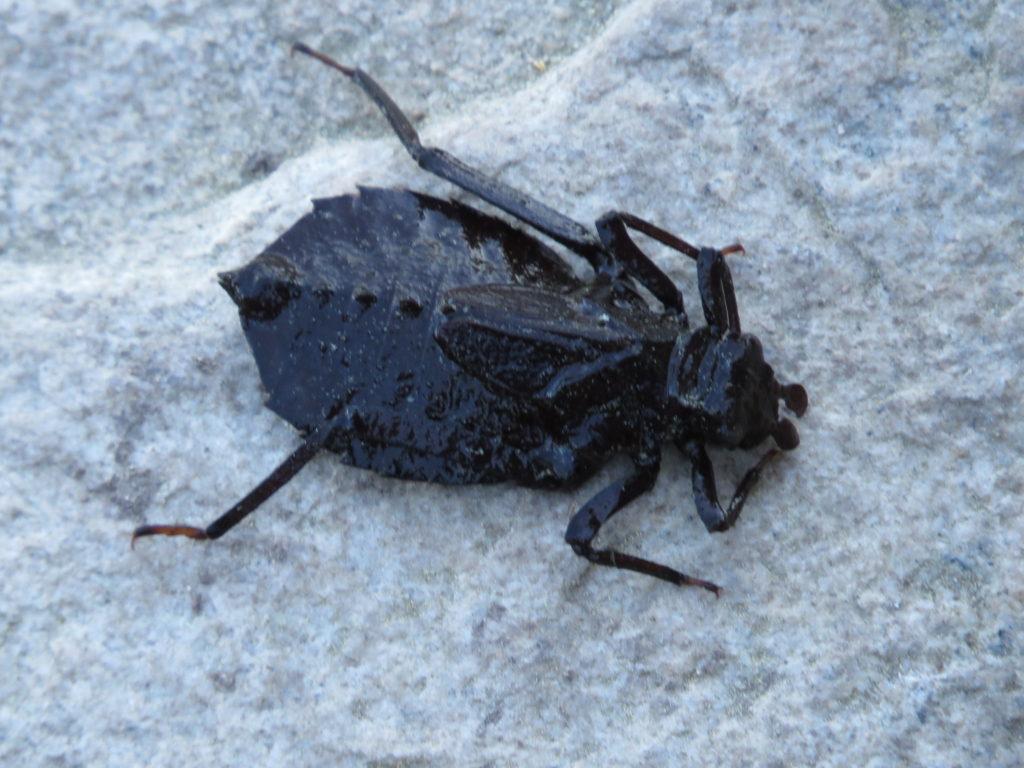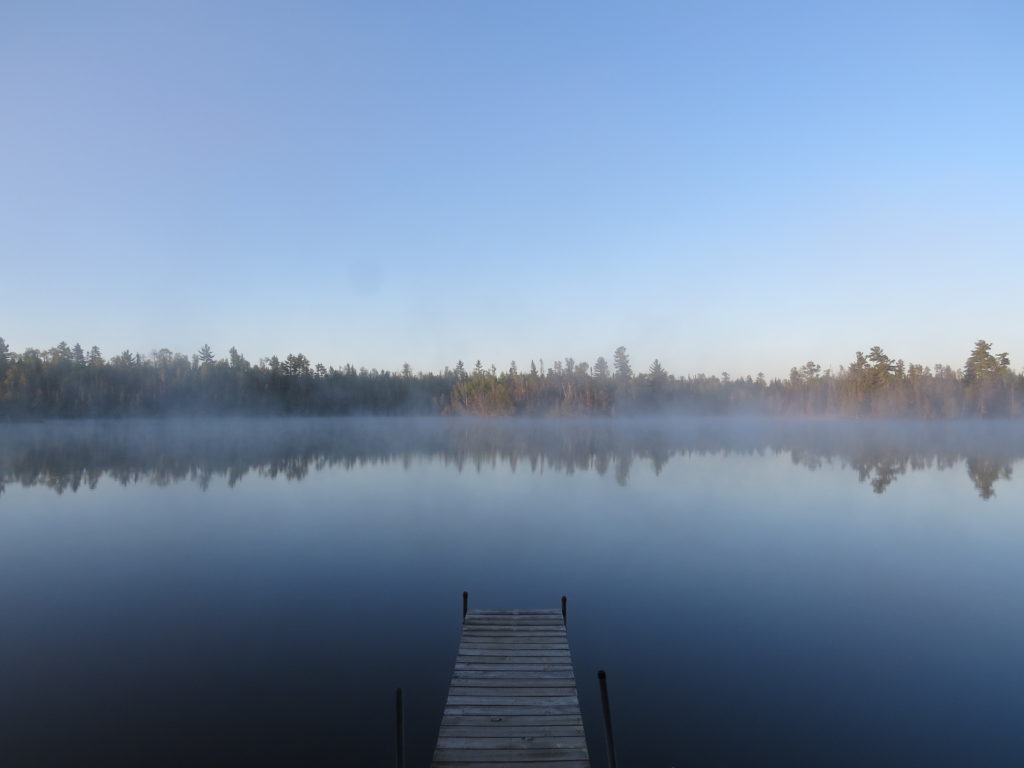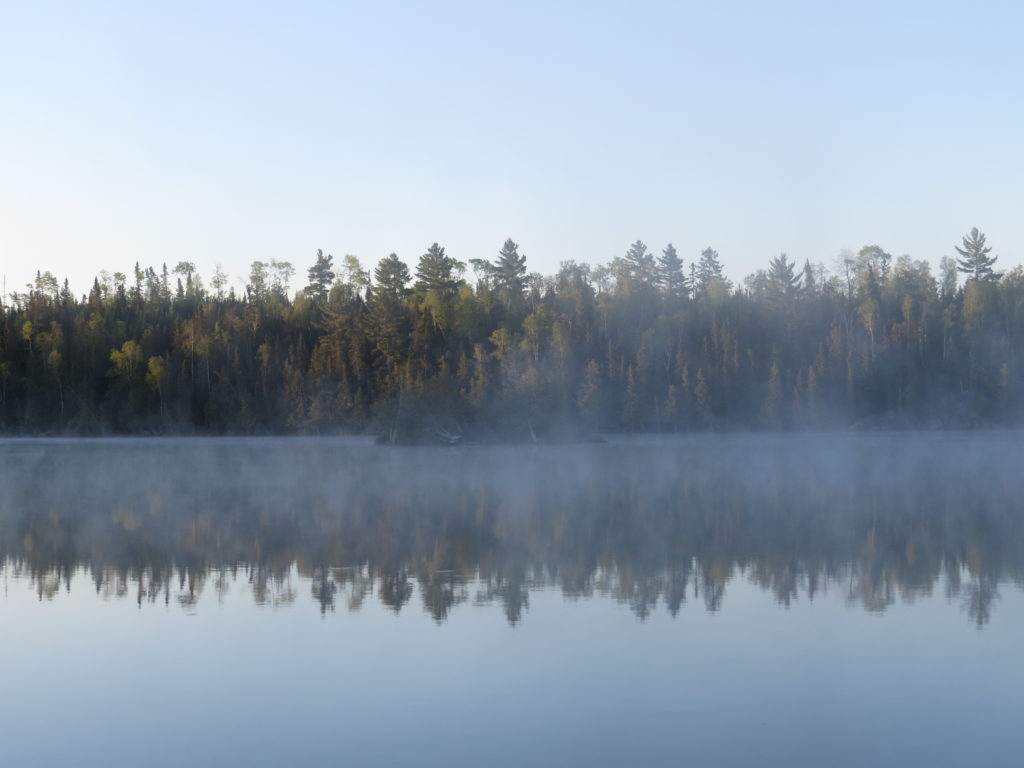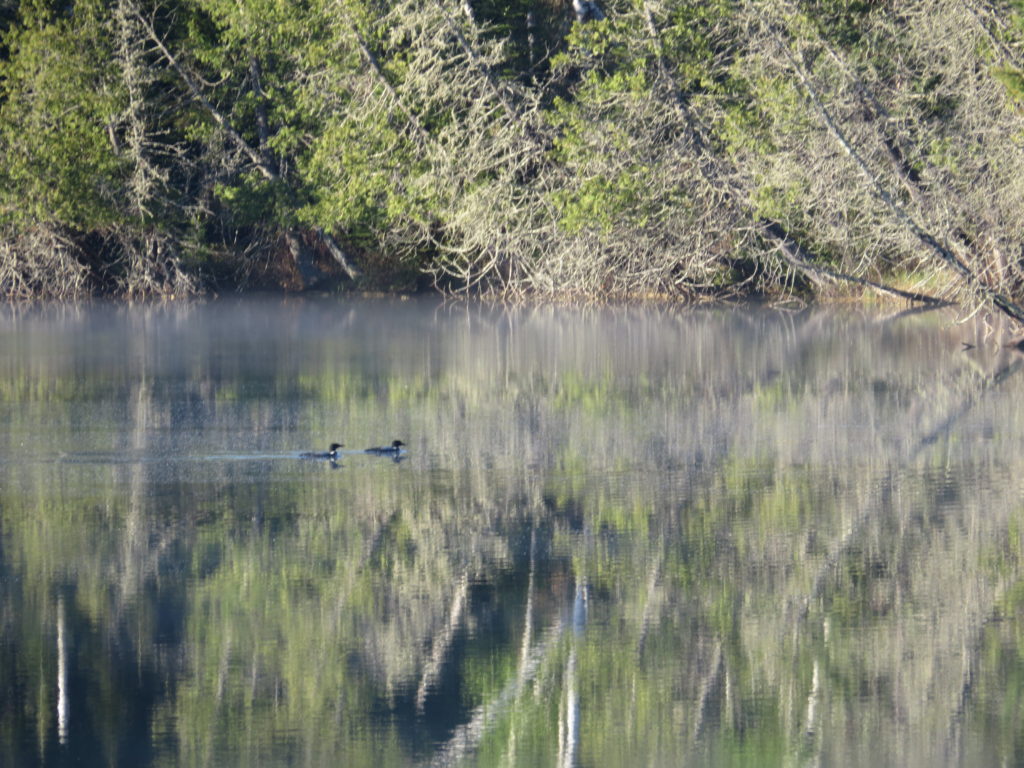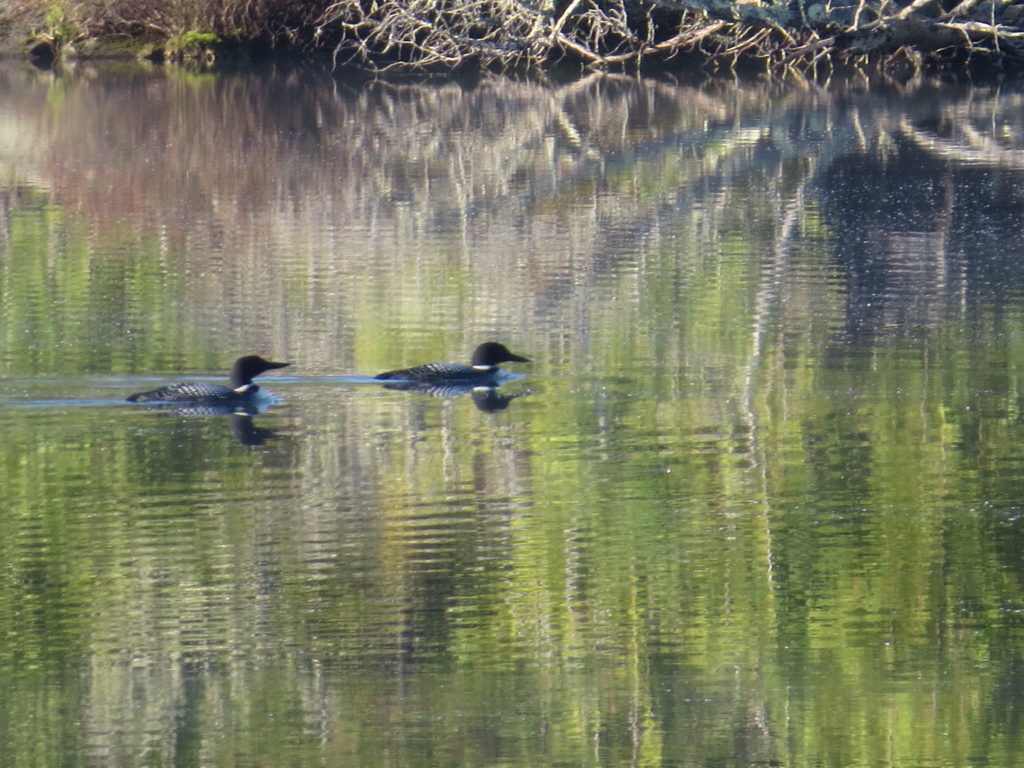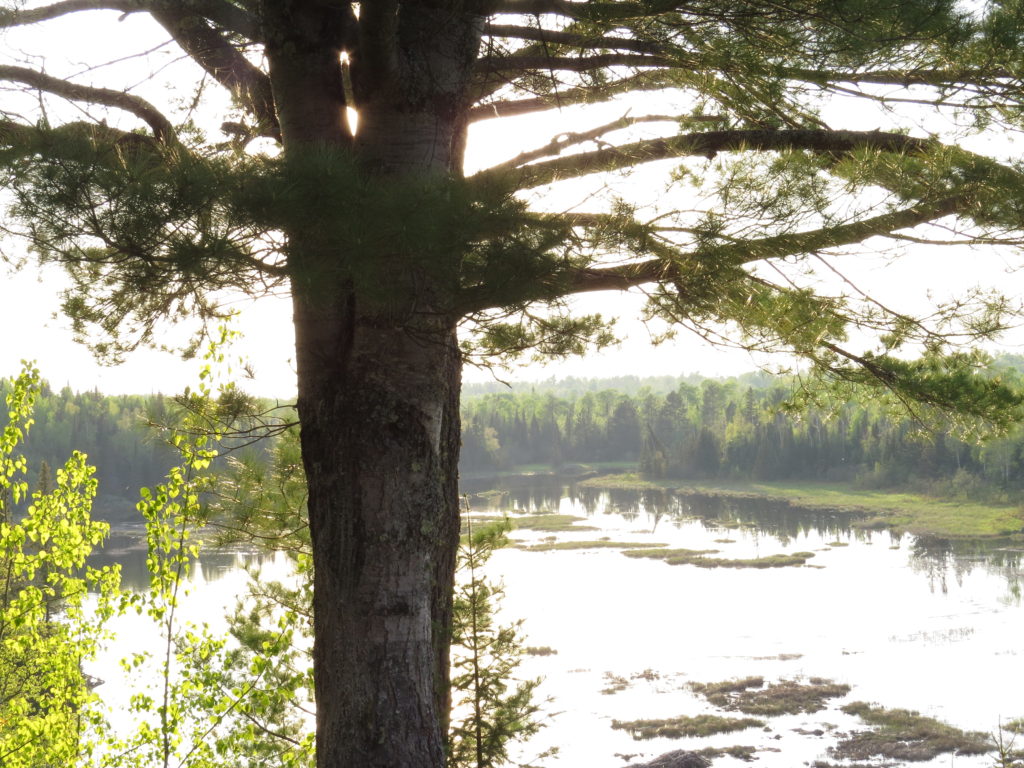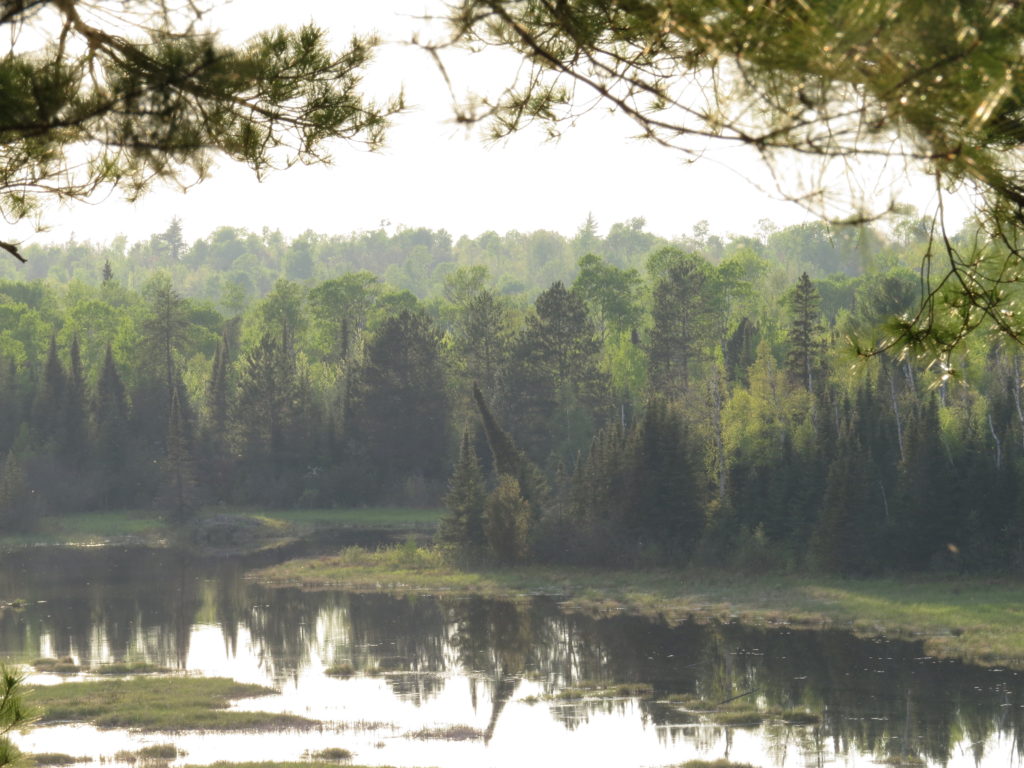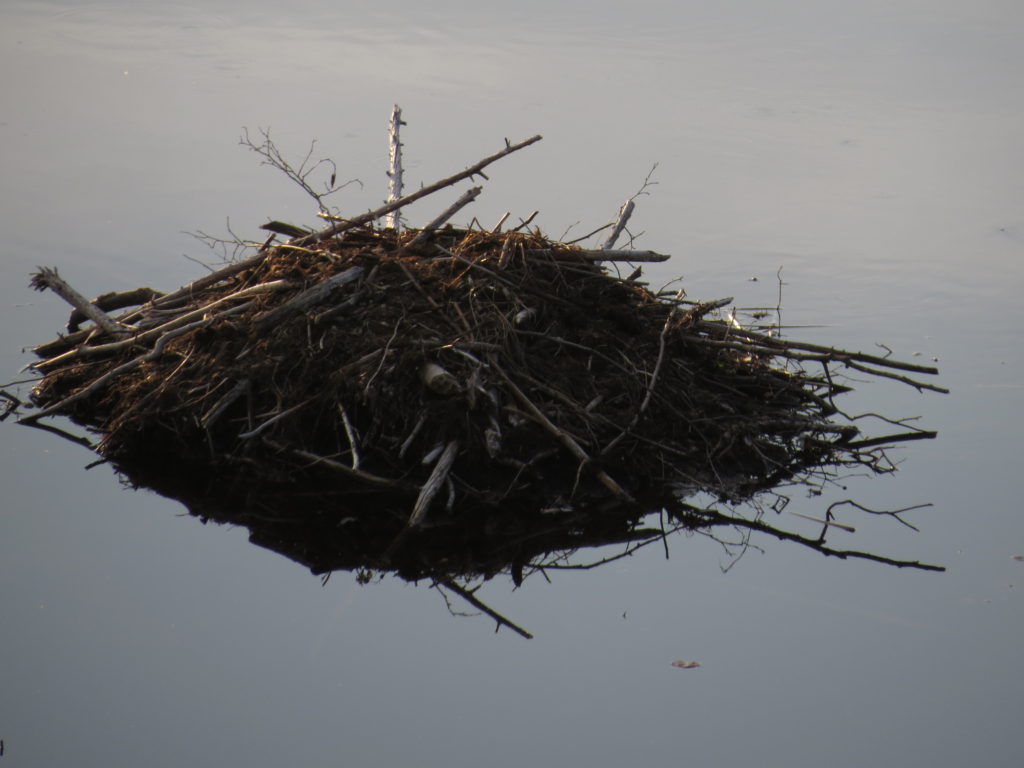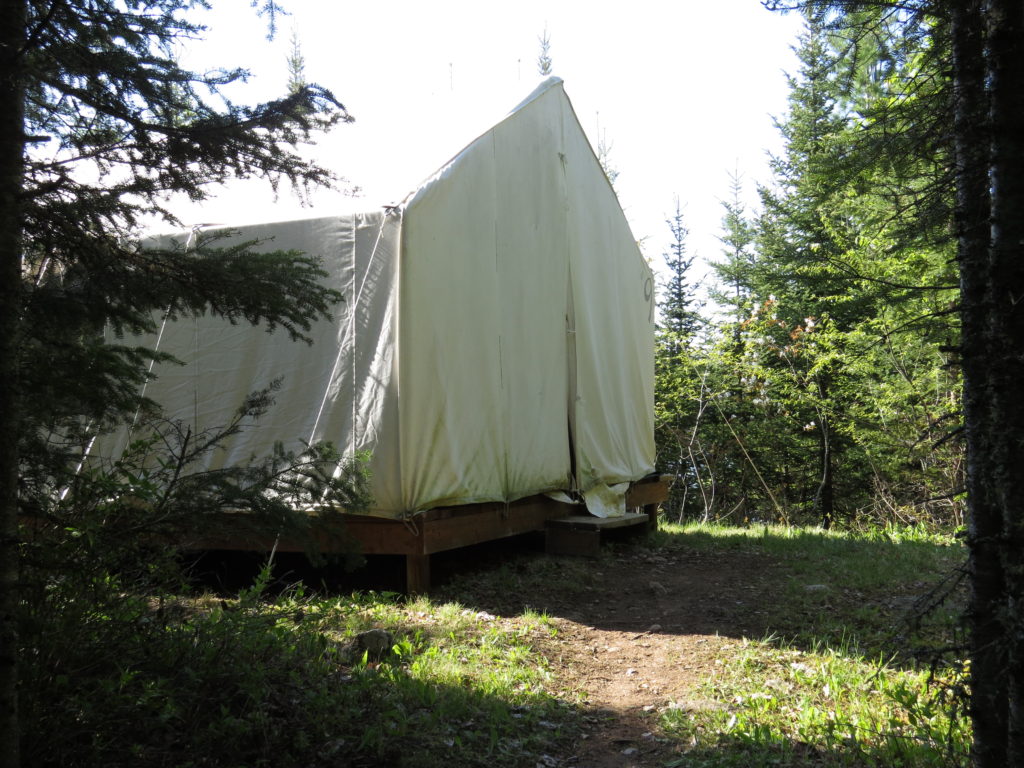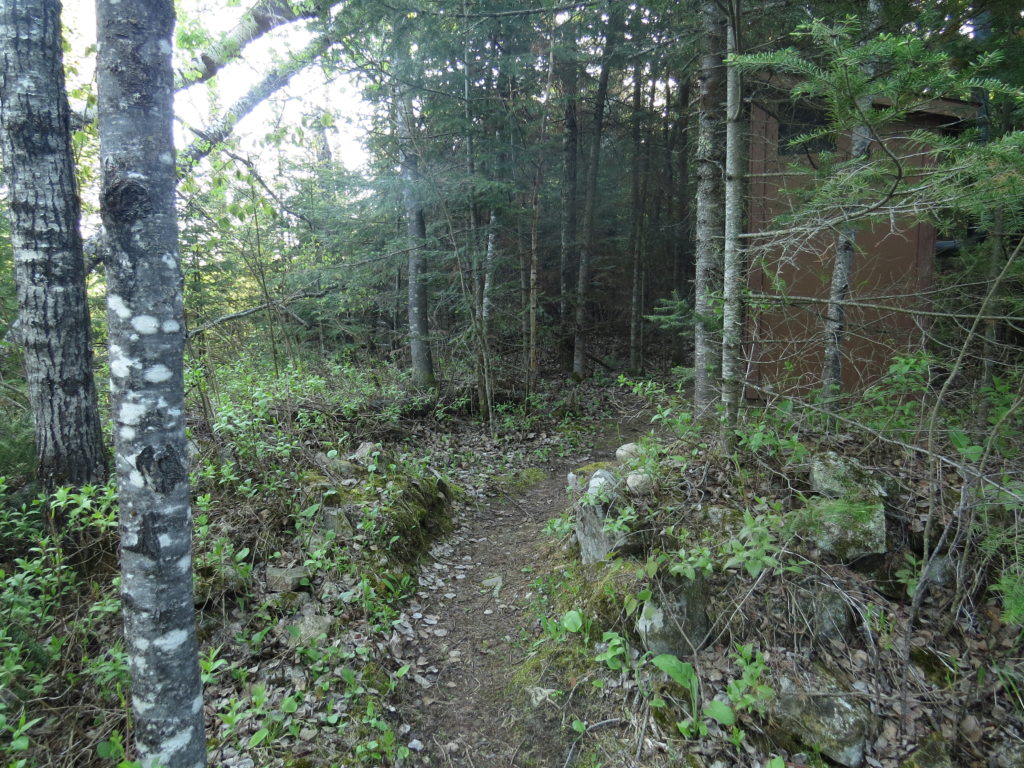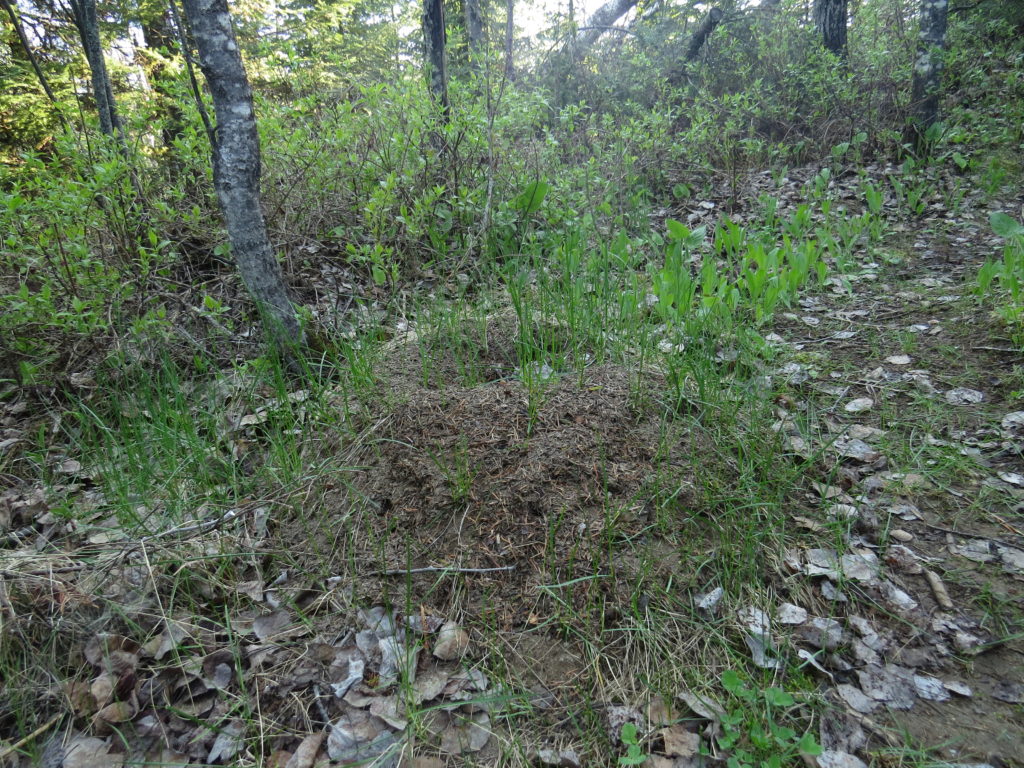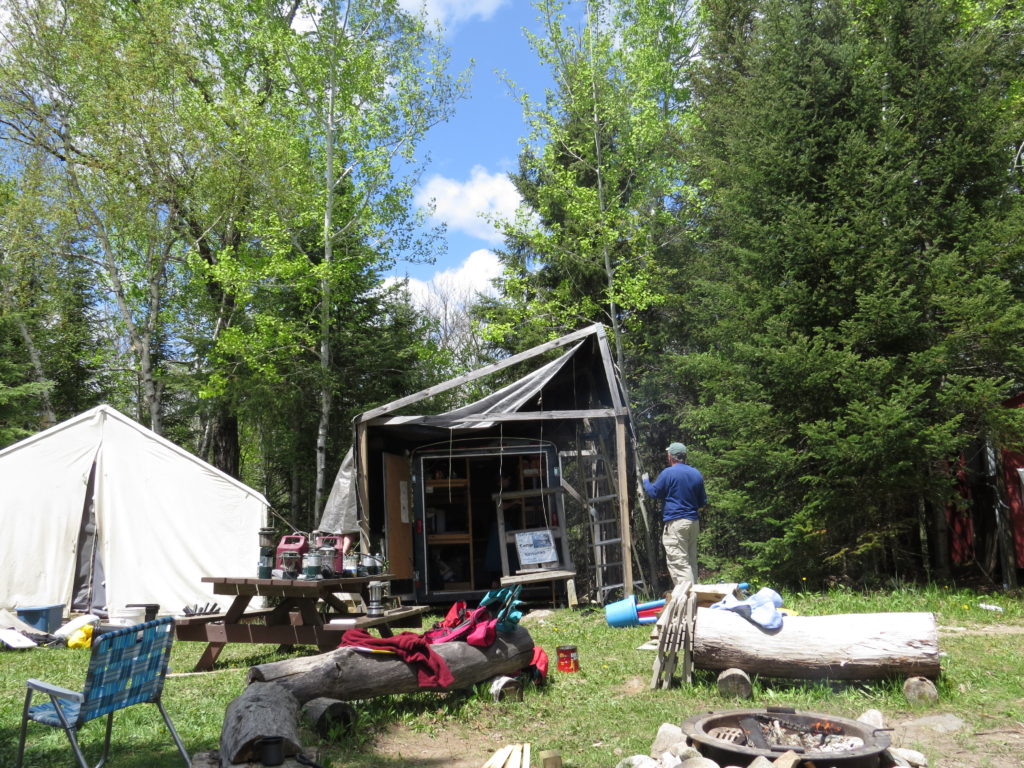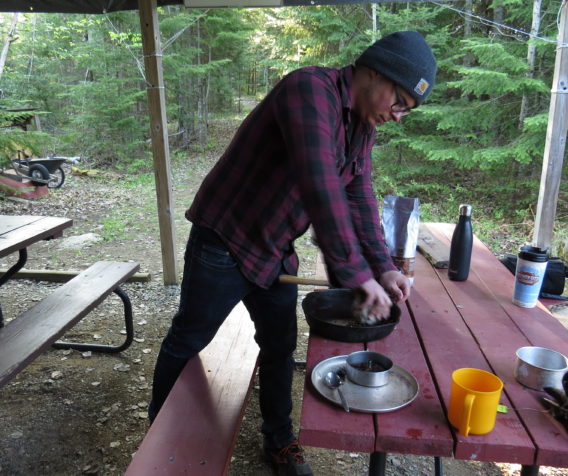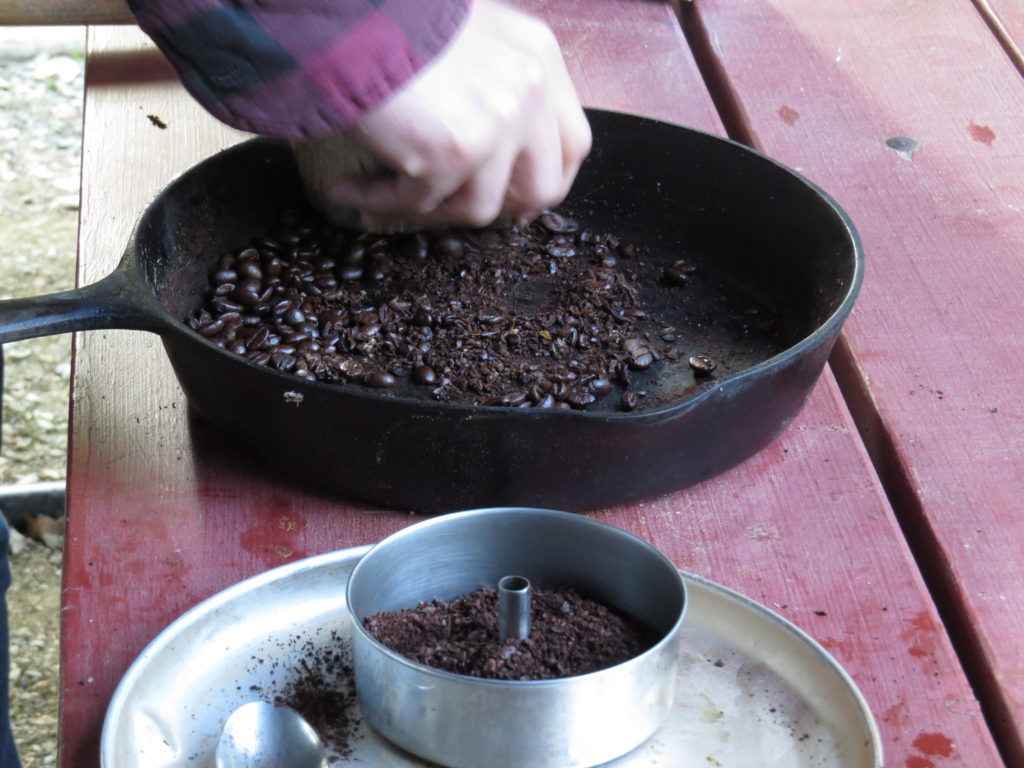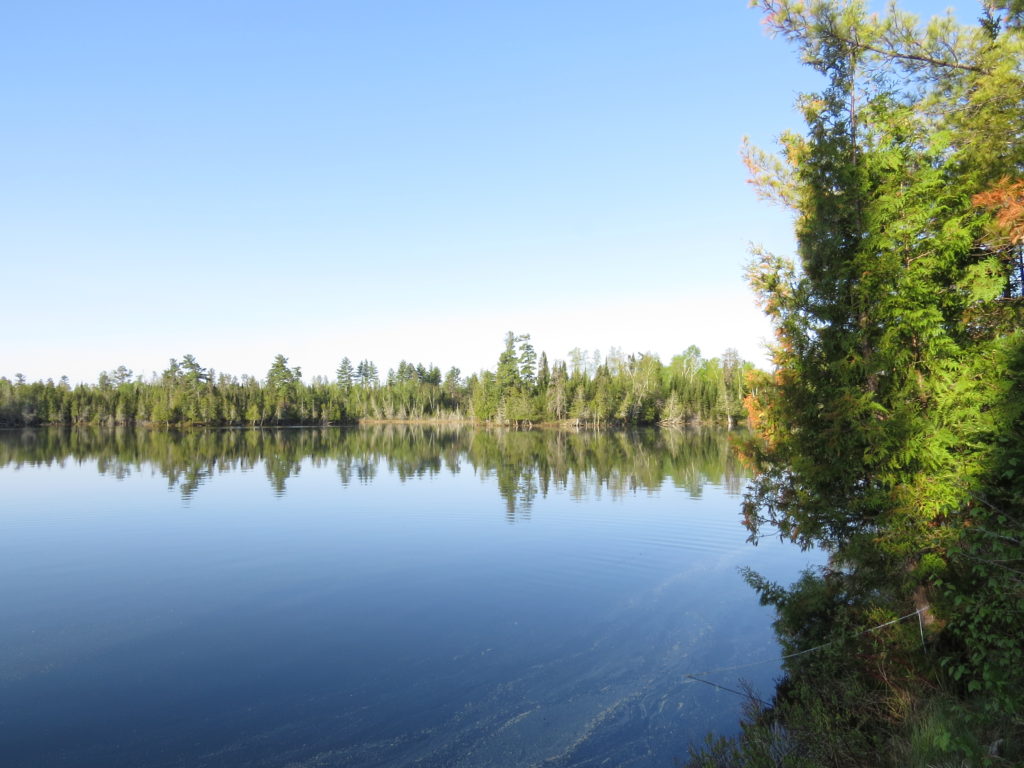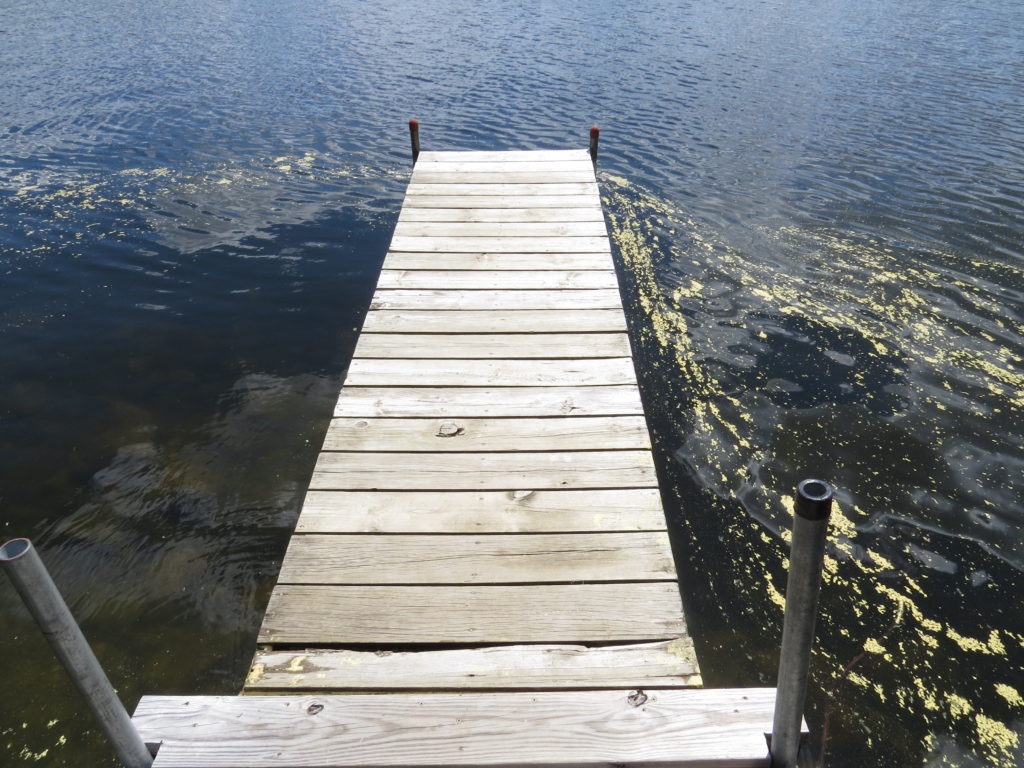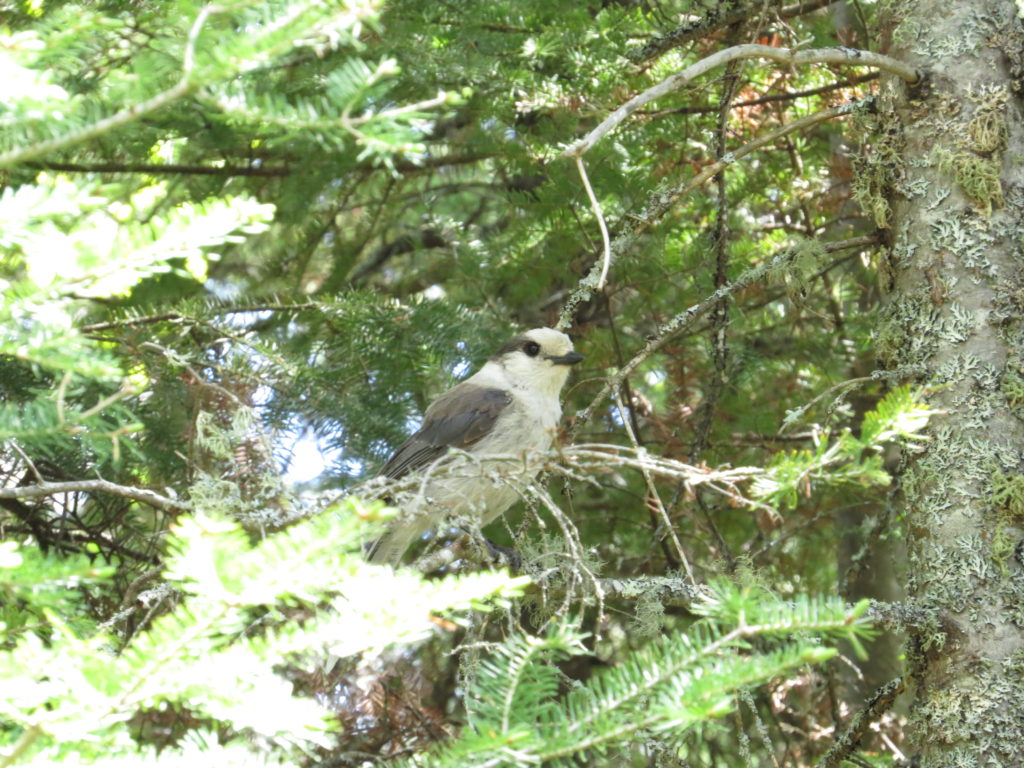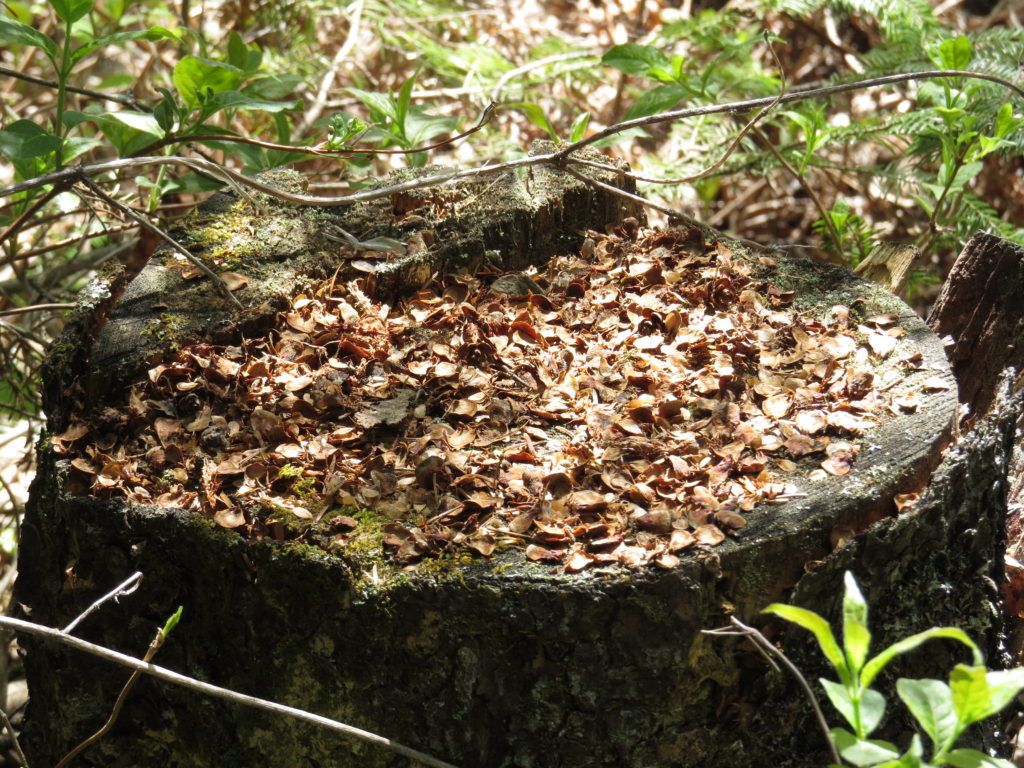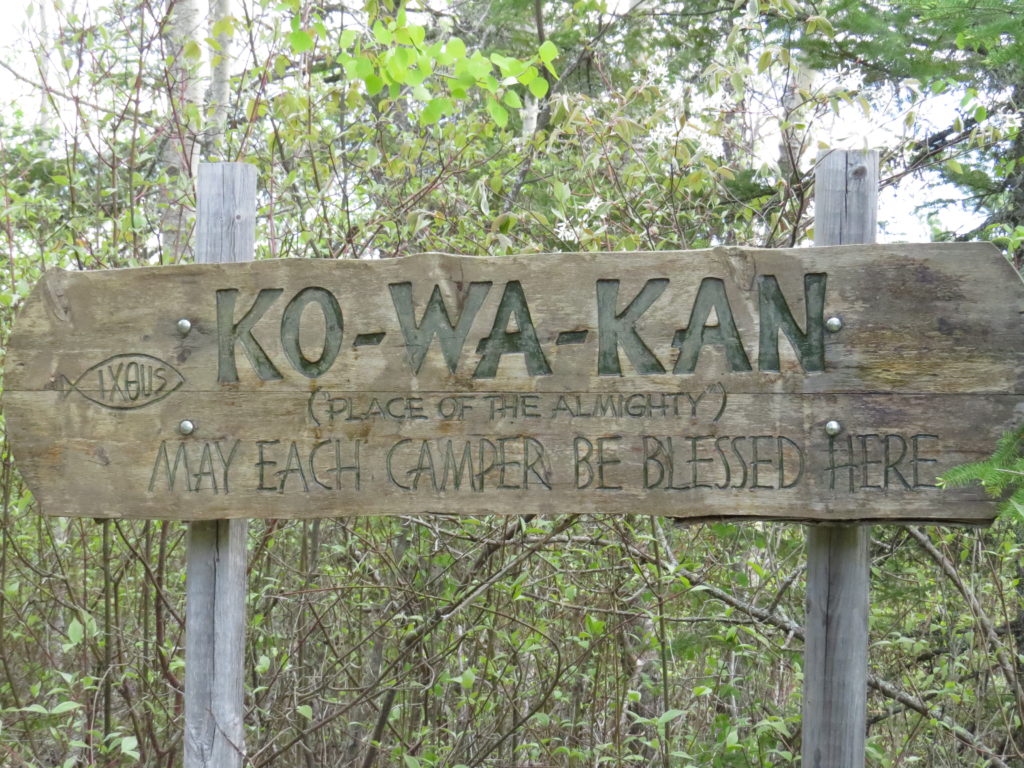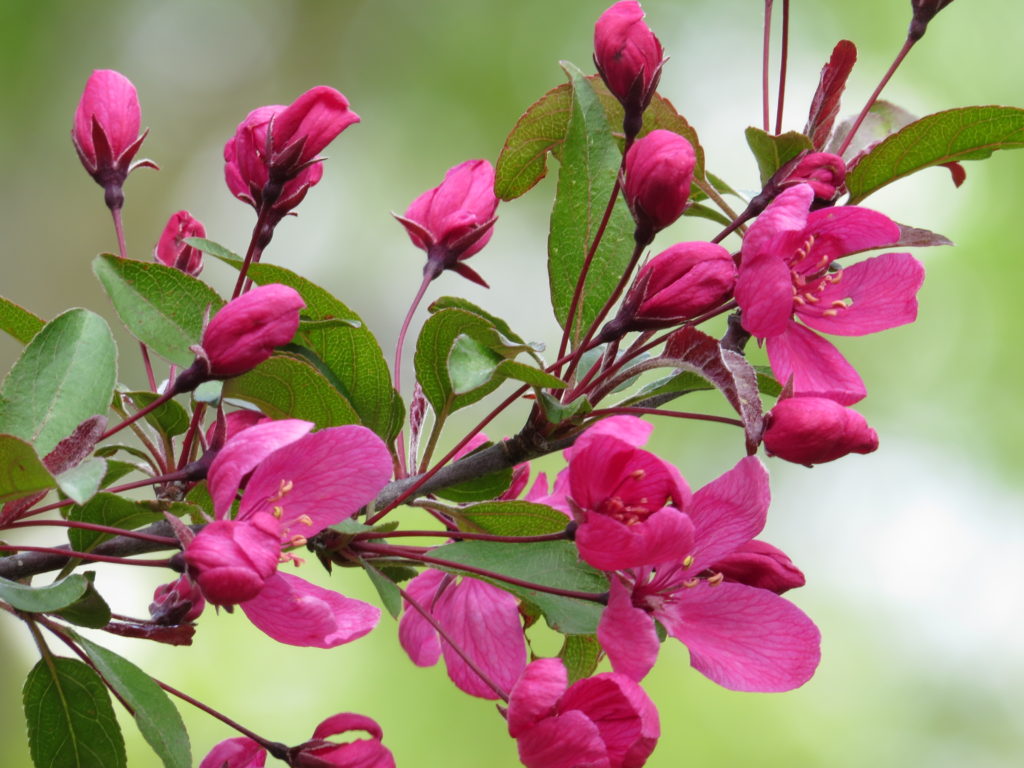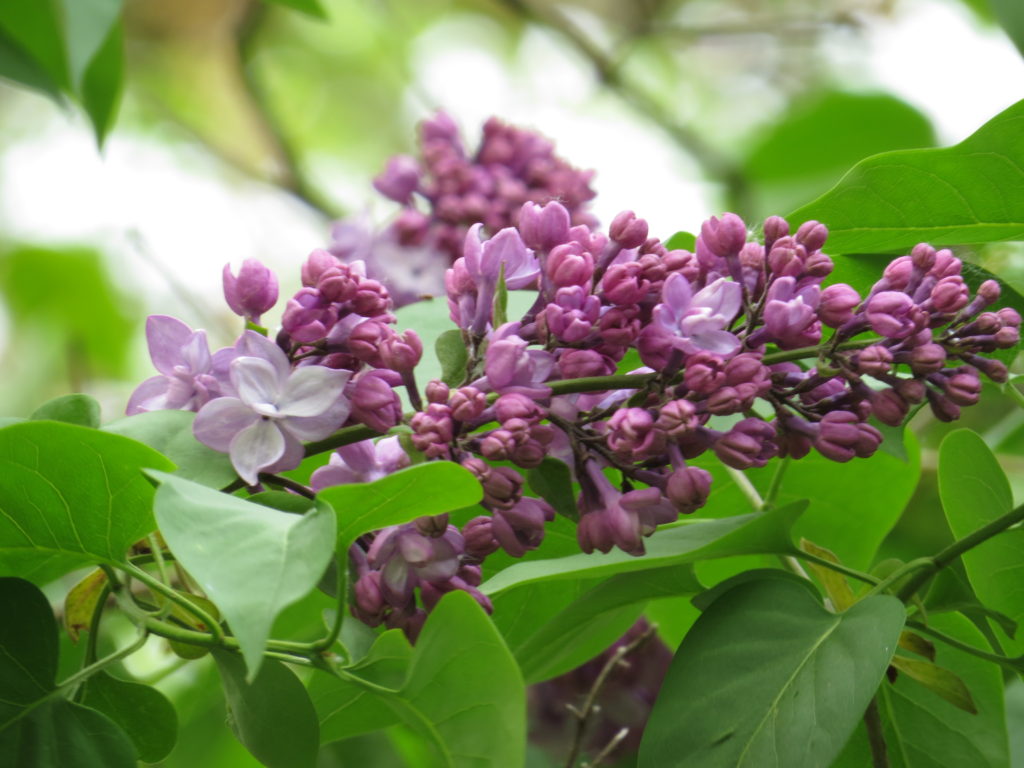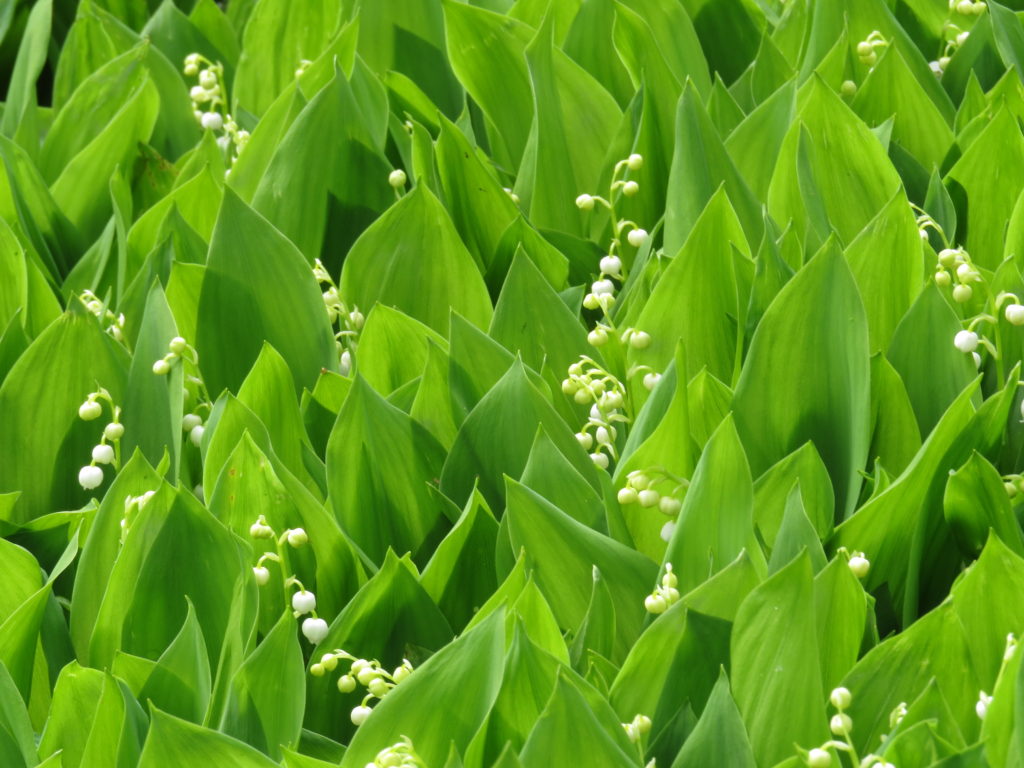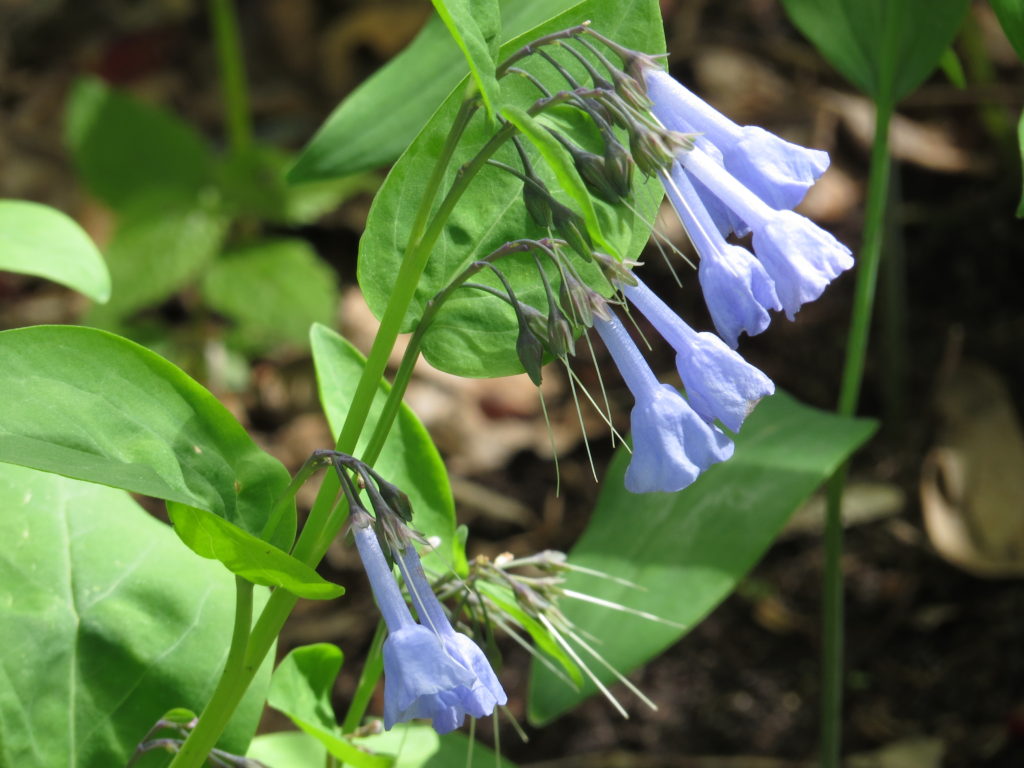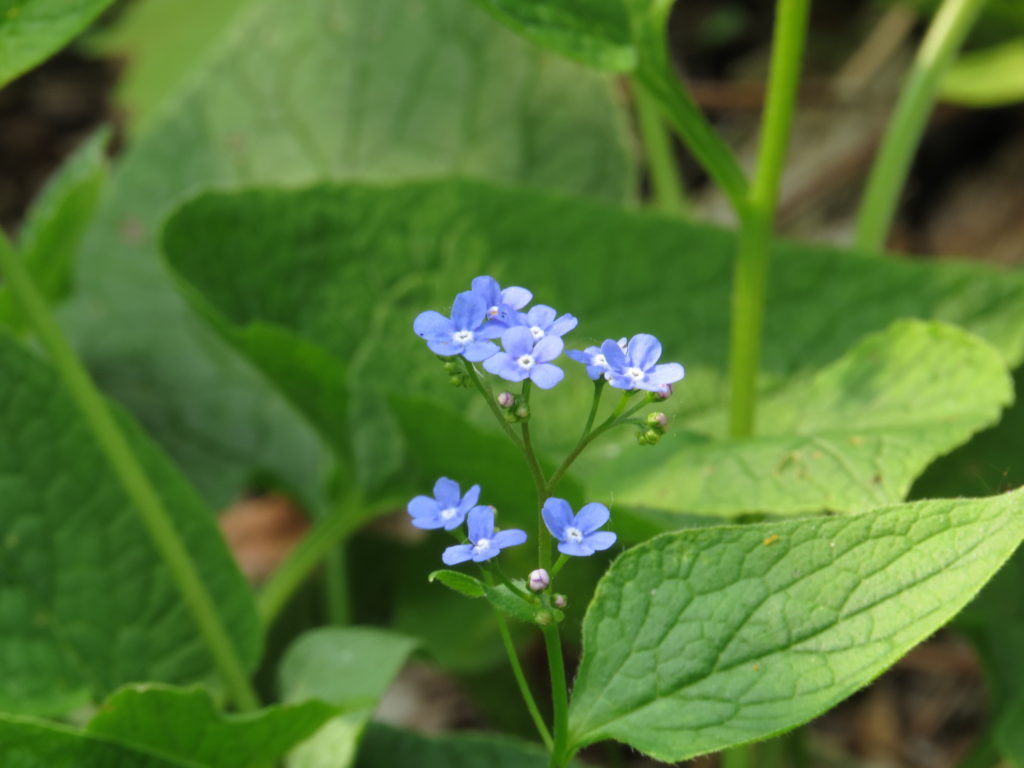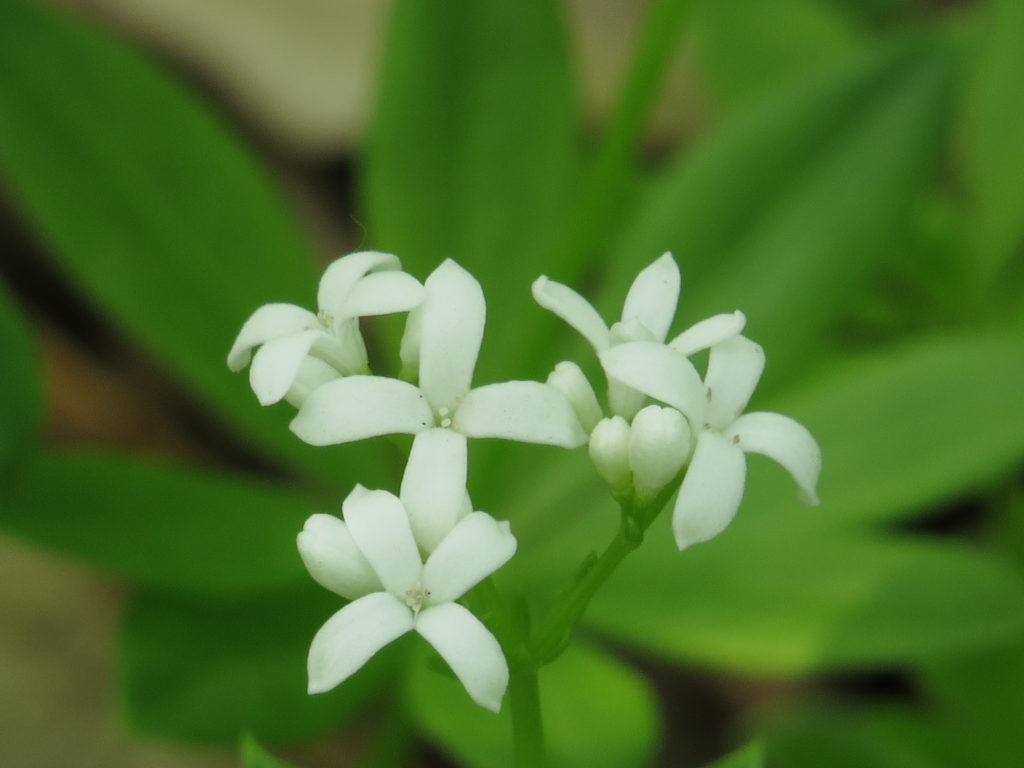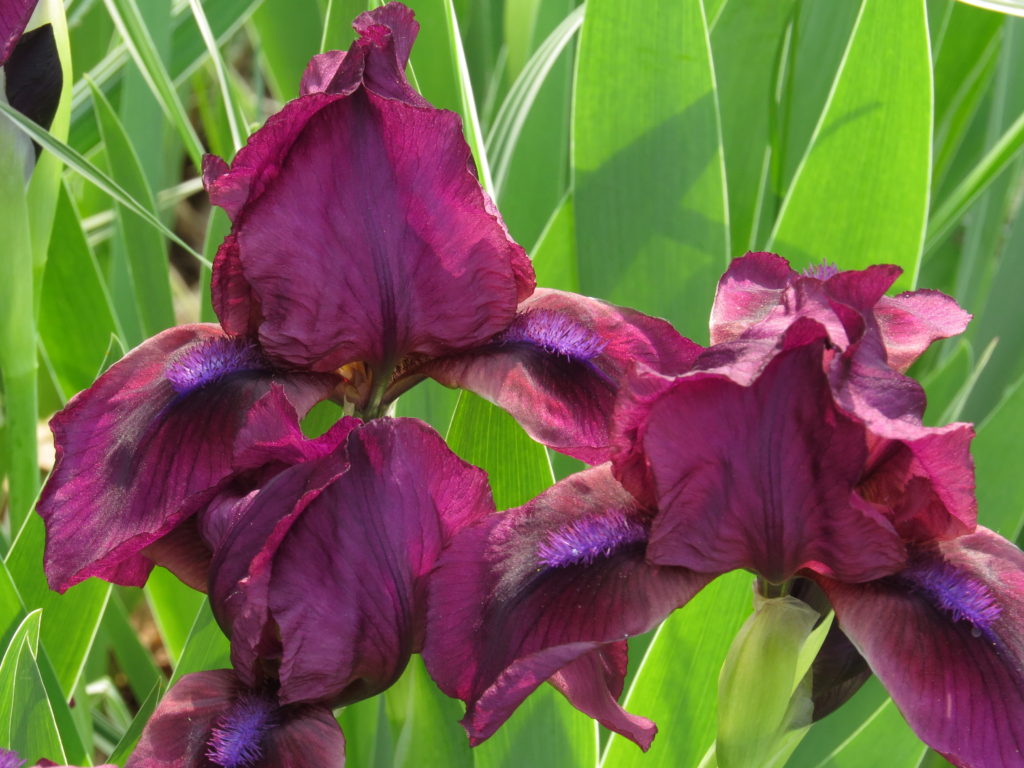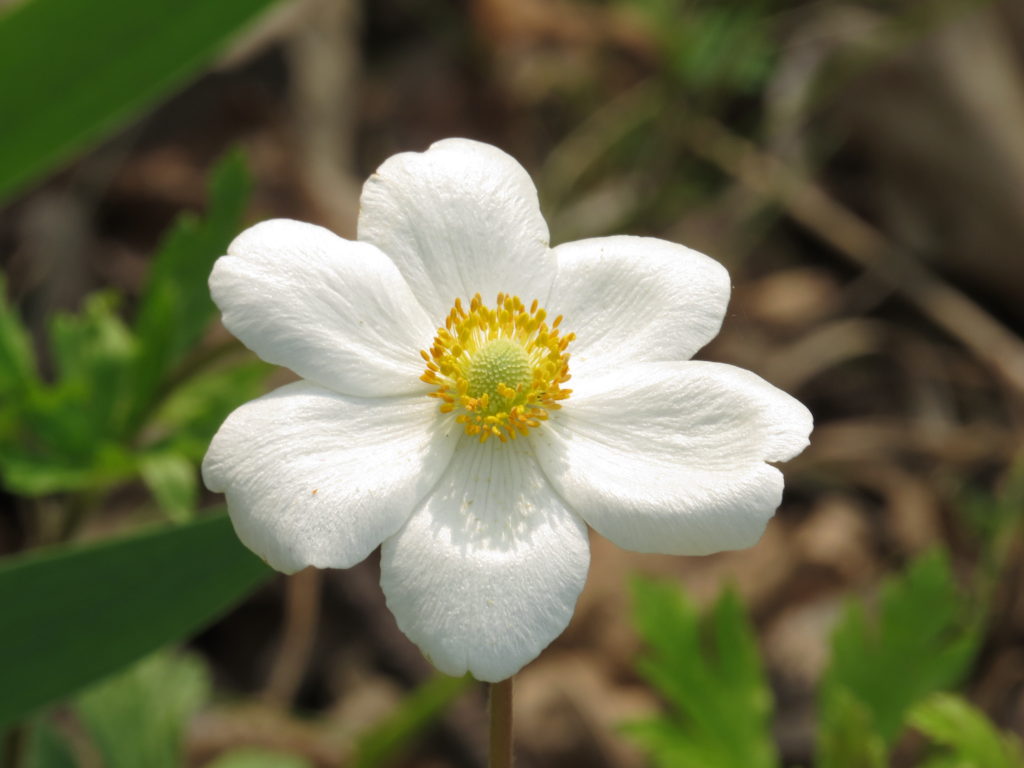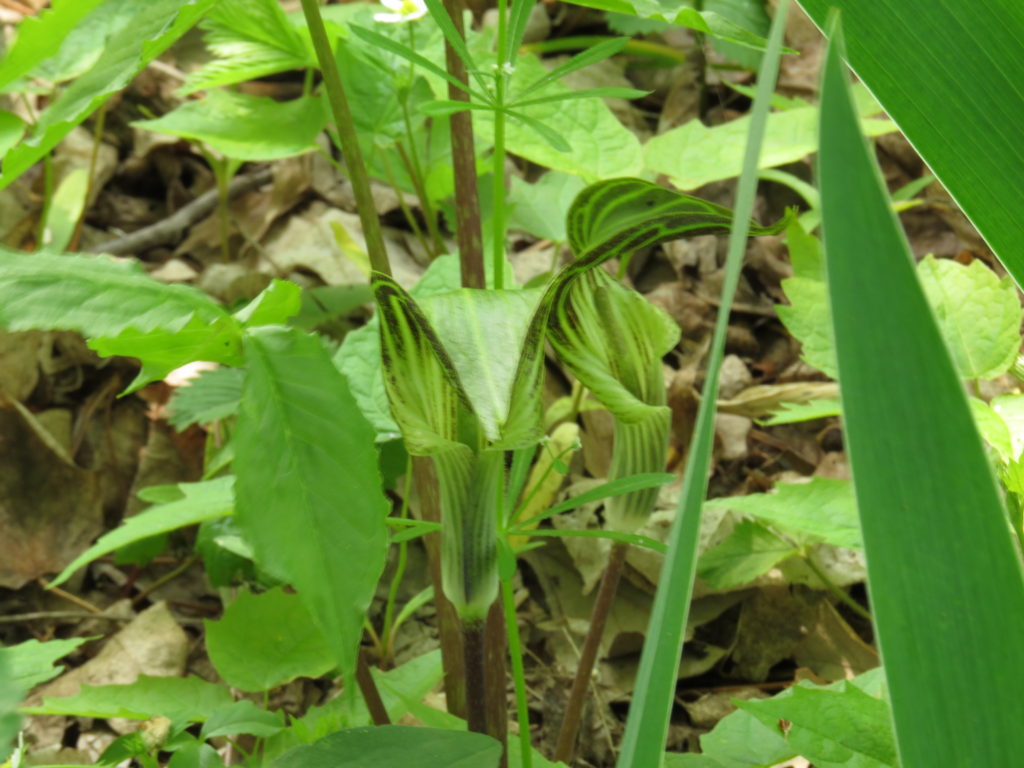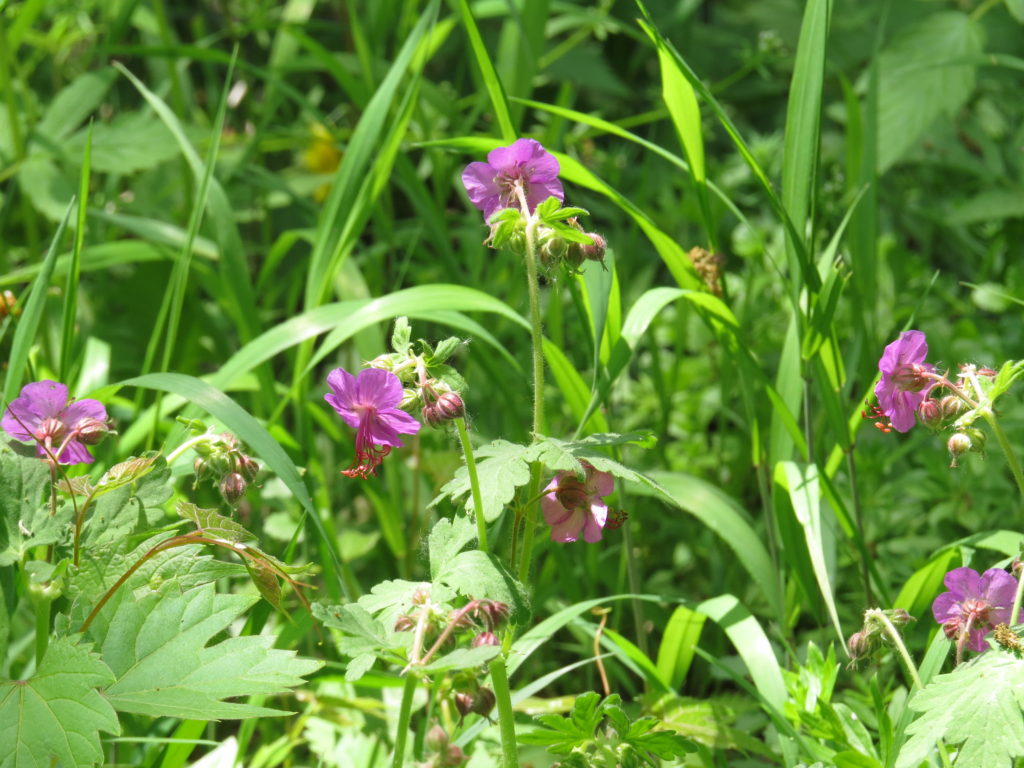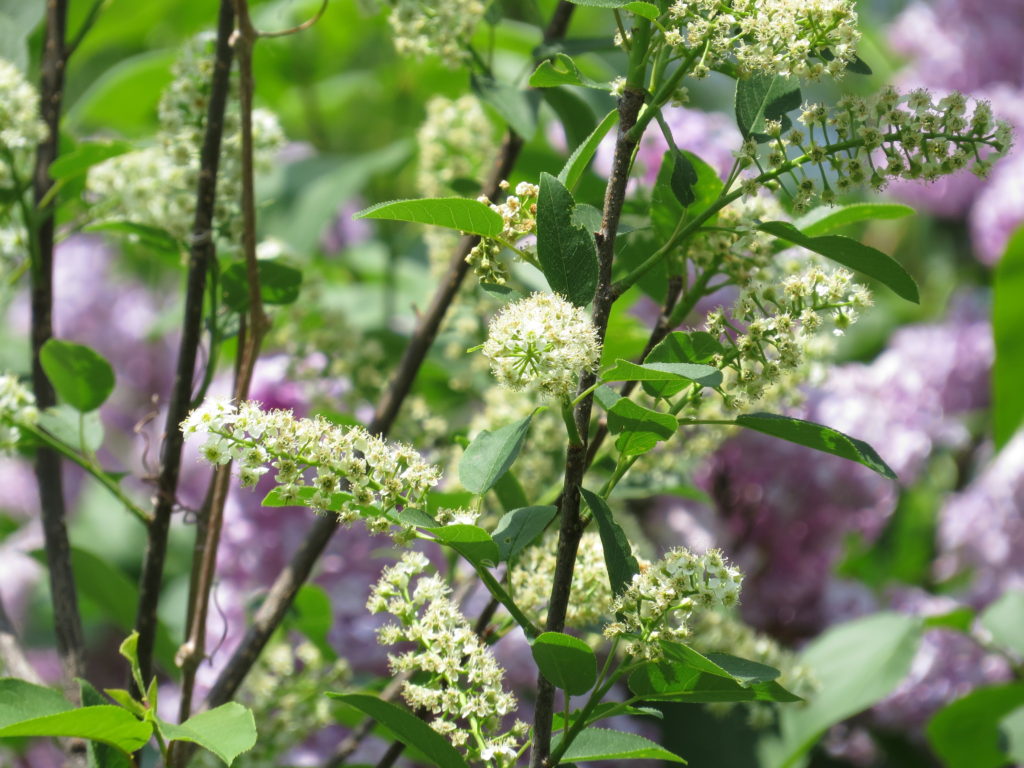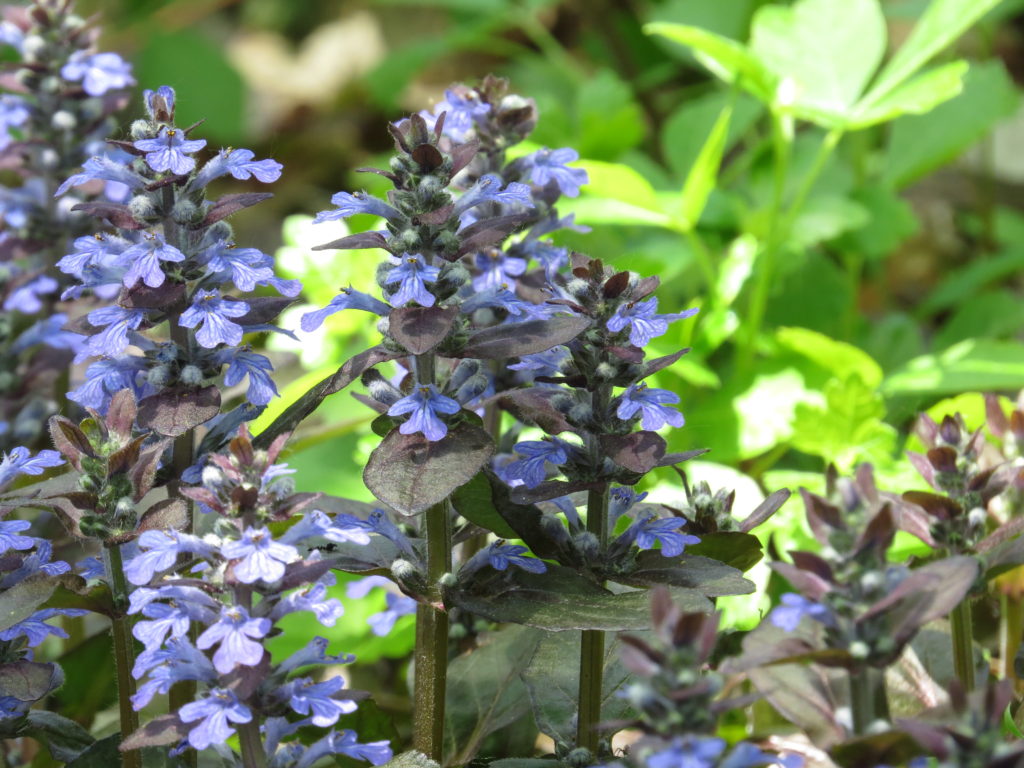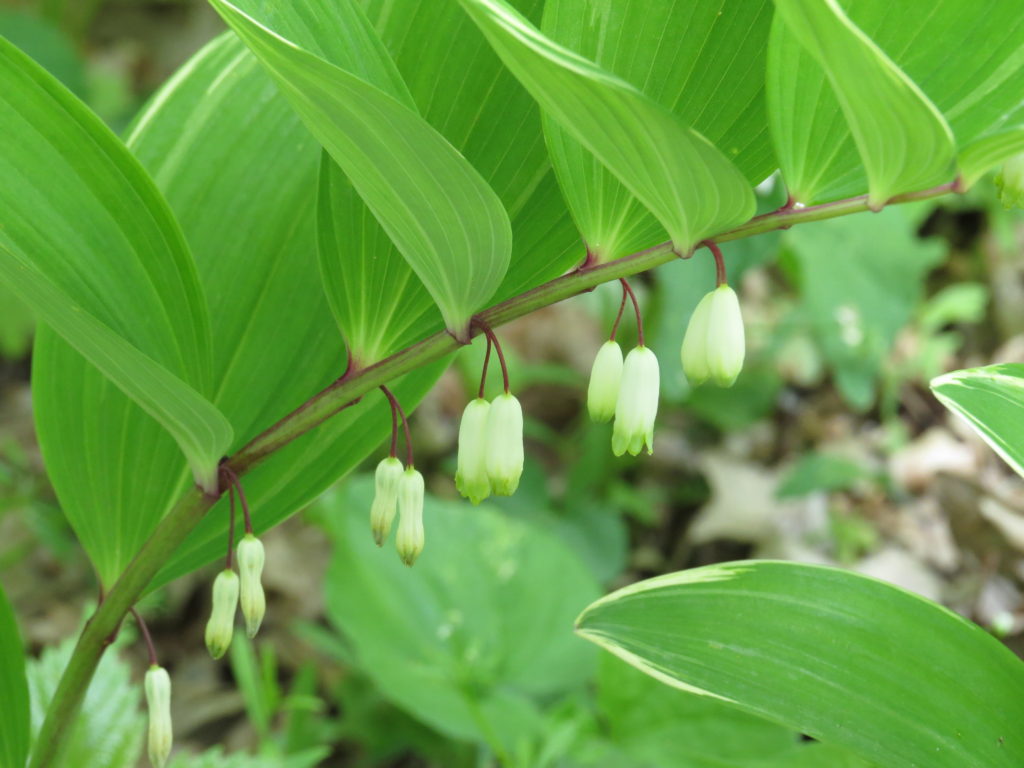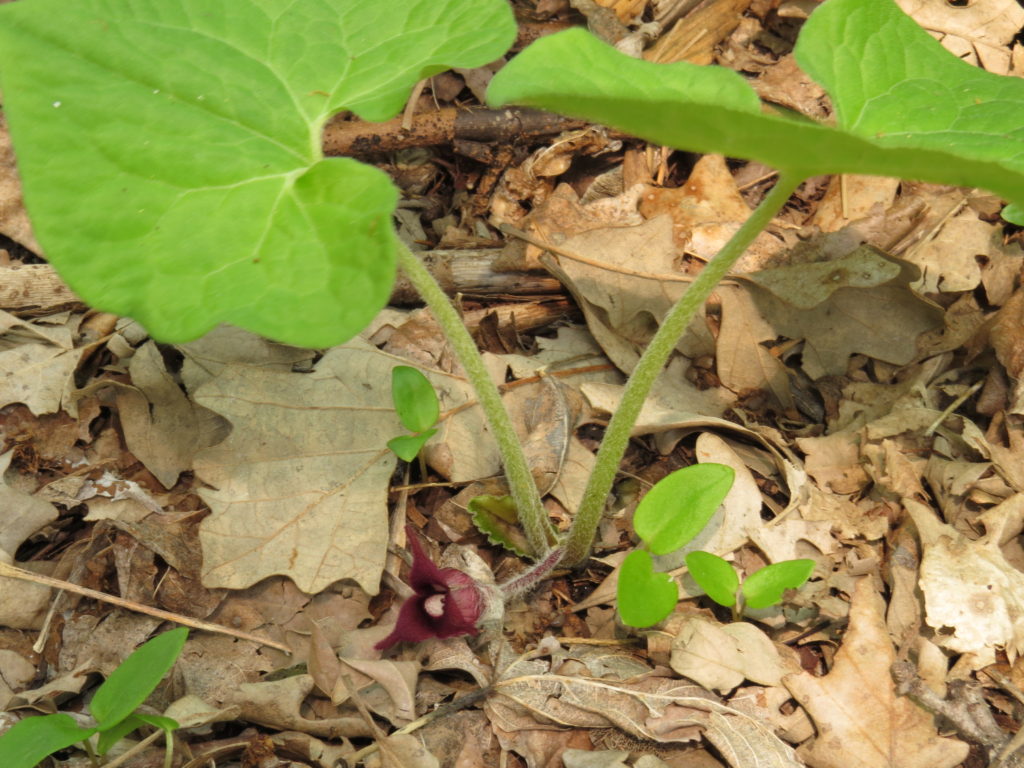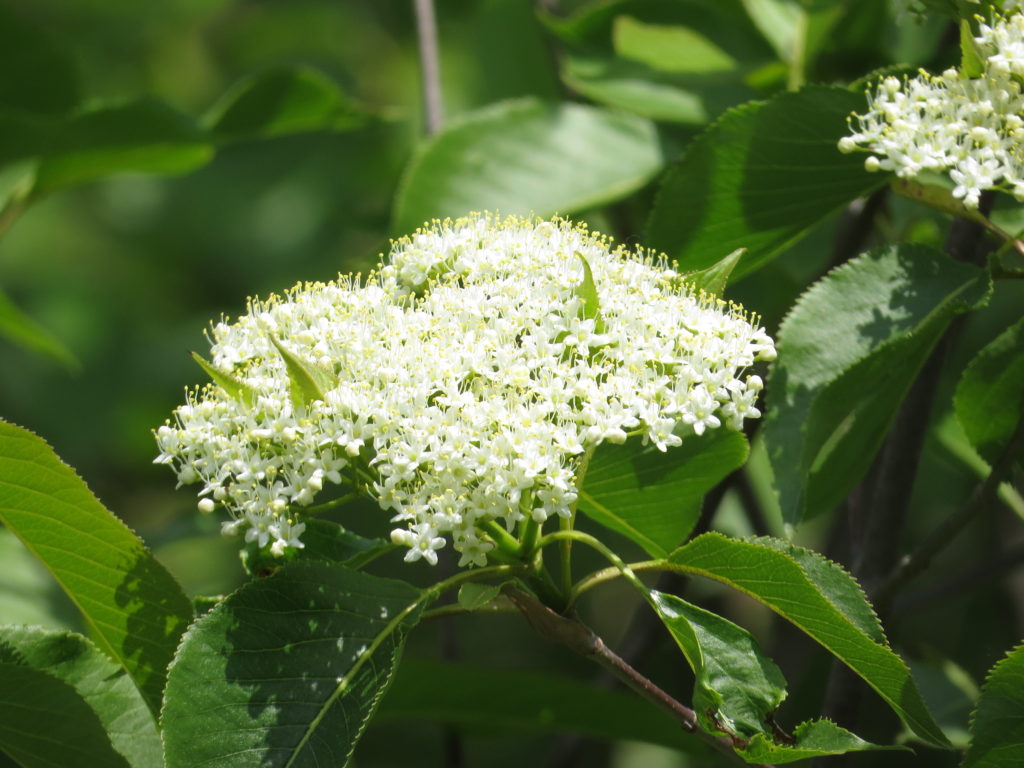This post is dedicated to my brother-in-law Paul, who has met some rough and rocky travelin’ with humor, positivity, and tenacity. Much love and respect.
“It’s been rough and rocky travelin’ / But I’m finally standing upright on the ground / After taking several readings / I’m surprised to find my mind’s still fairly sound” Willie Nelson from his song Me & Paul
The last couple of months have been like the first line of Willie’s song. Not literal traveling like Willie referred to, but travelin’ through life. We all know times like that. The day of celebrating my birth was also a bust, with the exception of text and FB greetings–grateful for those. But I didn’t feel very well, didn’t go anywhere, or do anything.
In August two years ago, we discovered a trail at Mille Lacs Kathio State Park called ‘Touch the Earth.’ The name was taken from a quote by Luther Standing Bear speaking of the Dakota people and how they loved ‘all things of the earth.’ That trail led us to a beautiful and surprising ecosystem called a bog forest. Since we came in the heat of August, I vowed to return when the bog was in bloom, particularly the Labrador Tea, a type of Rhododendron. So on the day after my rough day, when I noticed that our cultivated azaelas were blooming, I rallied my energy and we headed back to the bog. The ‘Touch the Earth’ trail was lined with blooming wildflowers—which I will showcase next week. I was so excited to (hopefully) see the blooming bog azaelas, that I wanted to skip past those others and get to the good stuff! I was more excited than a person should be about a shrub…in a bog…in bloom, but really, it was quite spectacular!
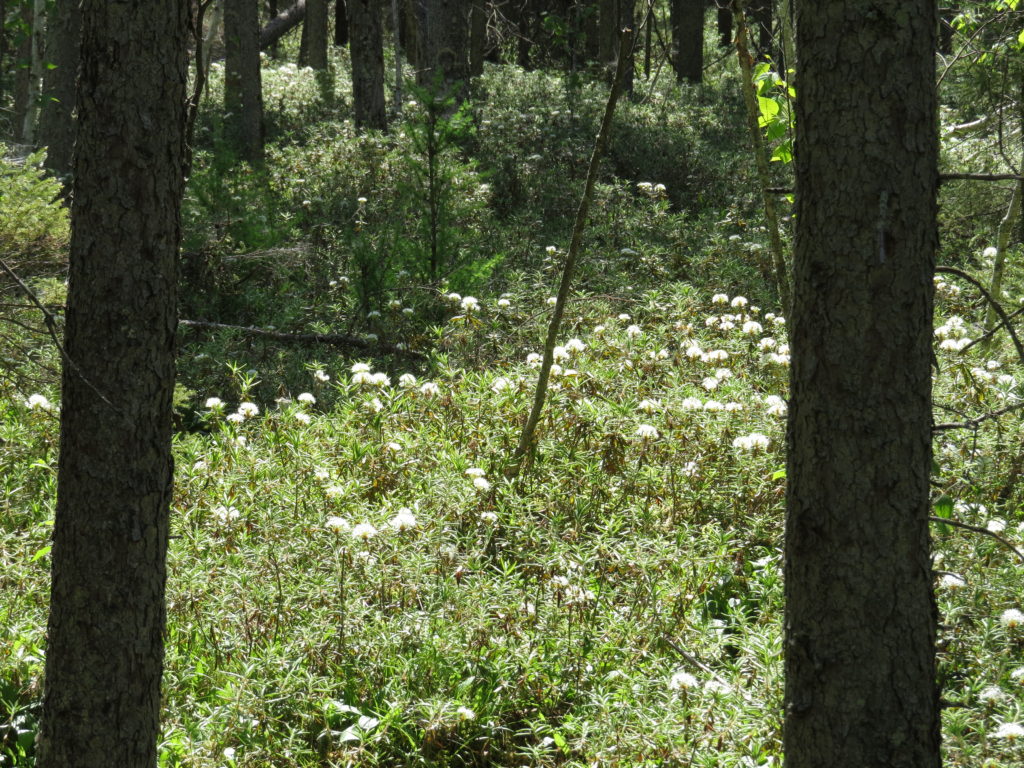
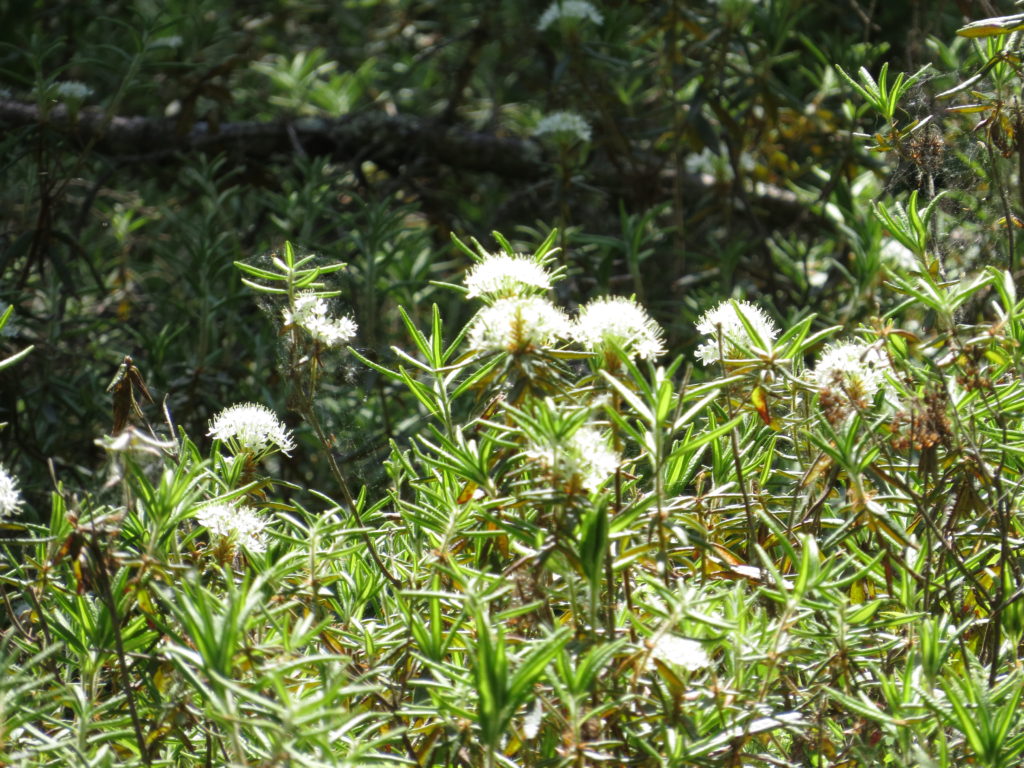
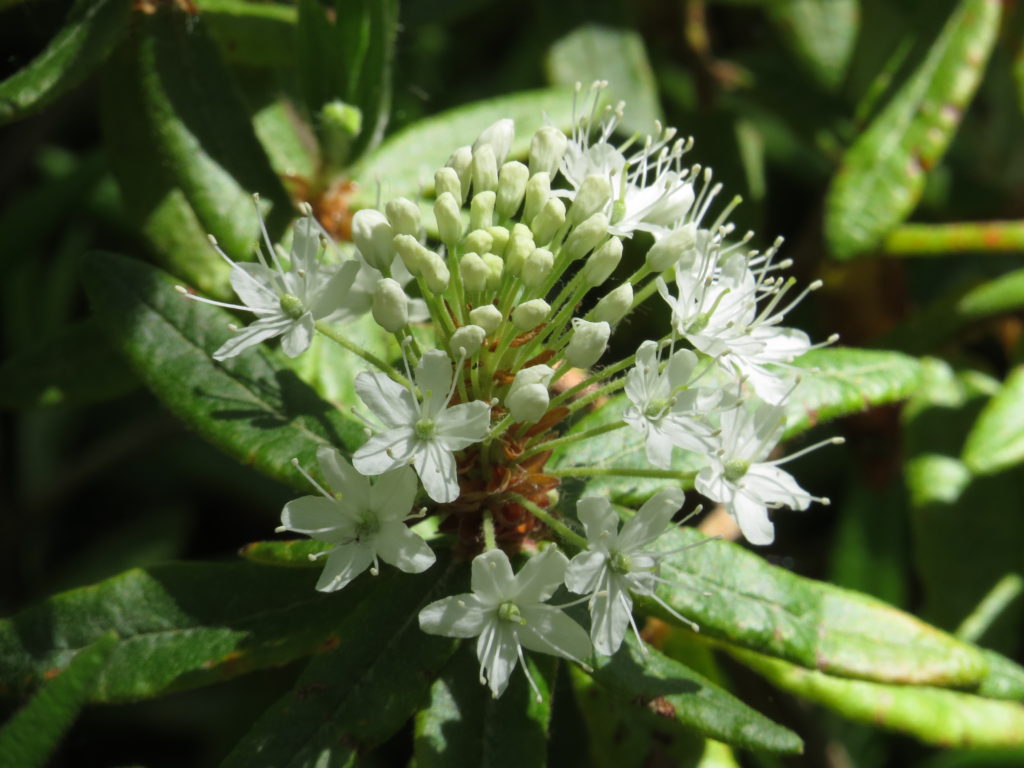
The bog has a layer of sphagnum moss over a wet area—it is a fragile environment and can even be dangerous to navigate, so there is a boardwalk that guides hikers through this beautiful and unusual ecosystem.
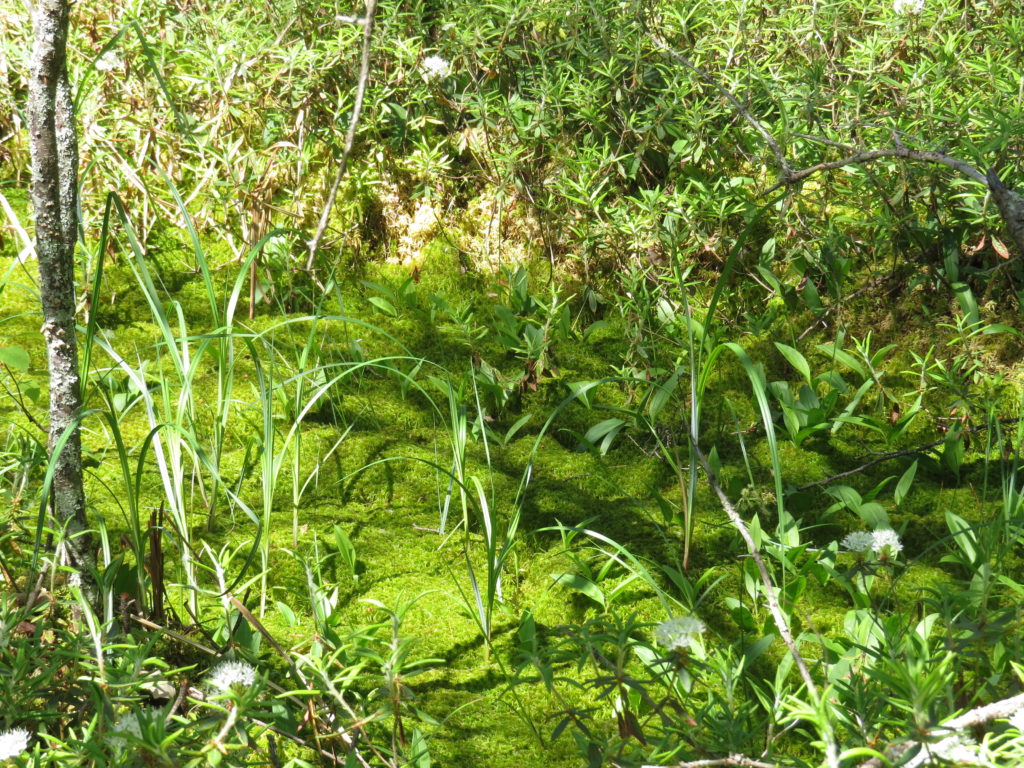
Along with the Labrador Tea, another abundant blooming plant was what I was describing as a ‘star lily.’ The stems of white star-bursts are actually called Three-leaf False Solomon’s Seal—a mouthful compared to my made-up name.
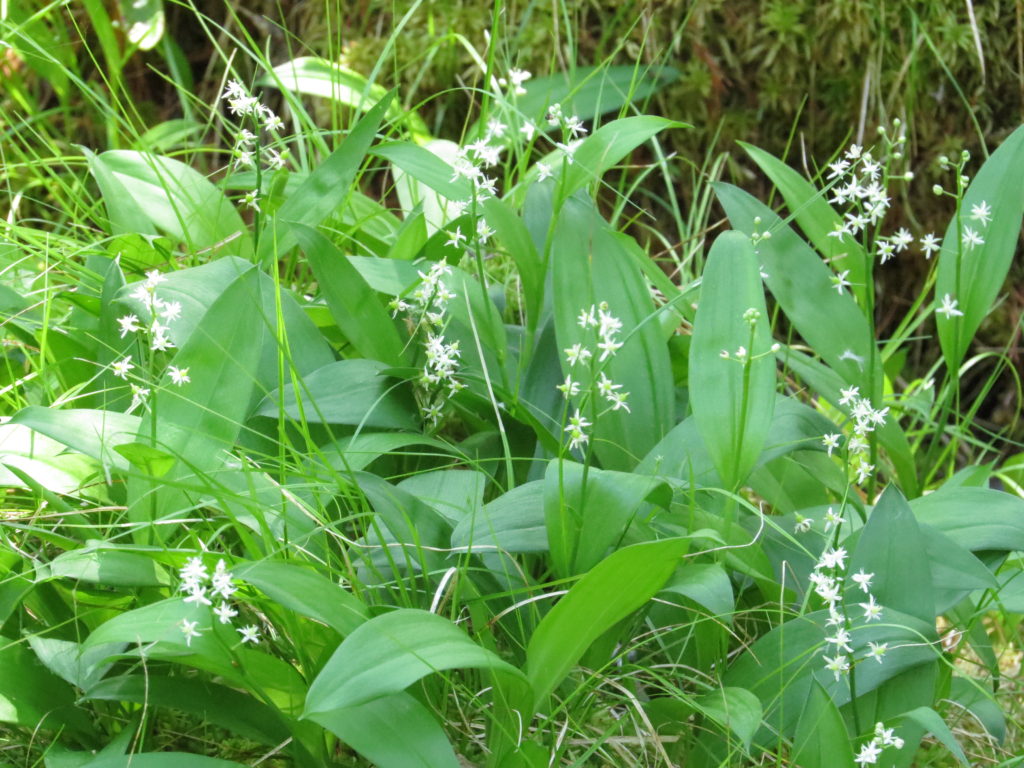
In the sea of green moss and white flowers, two pink blossoms stood out—Pink Lady’s-slipper and Bog Laurel, both delicate and scarce. I feel fortunate to see such creations.
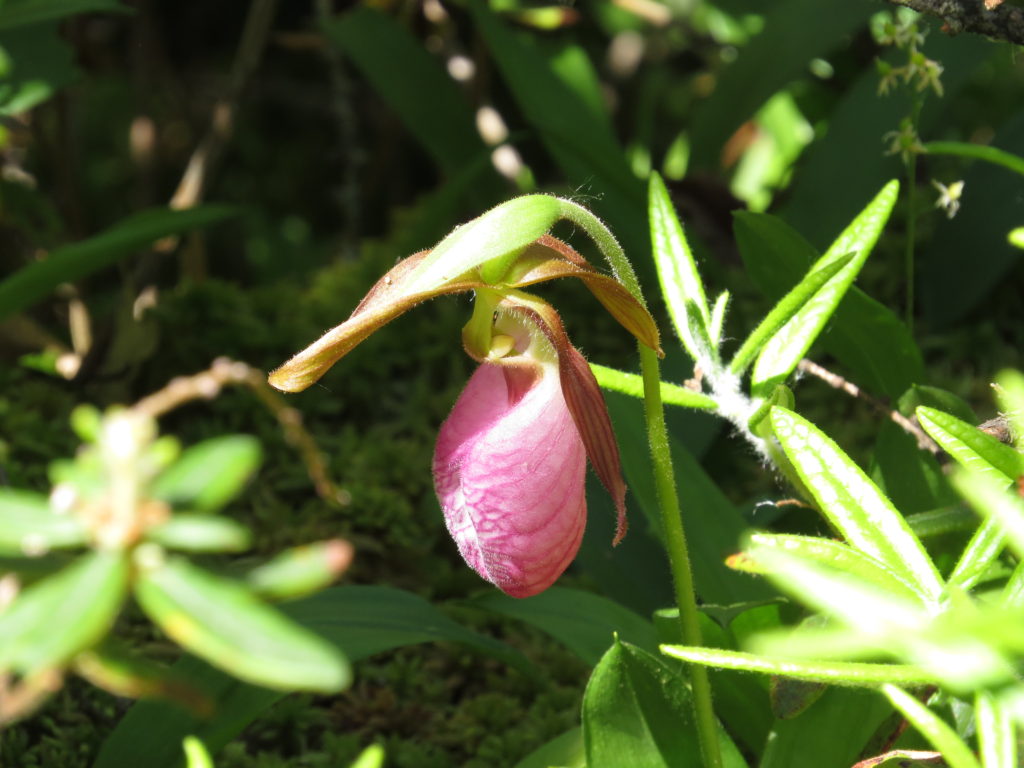
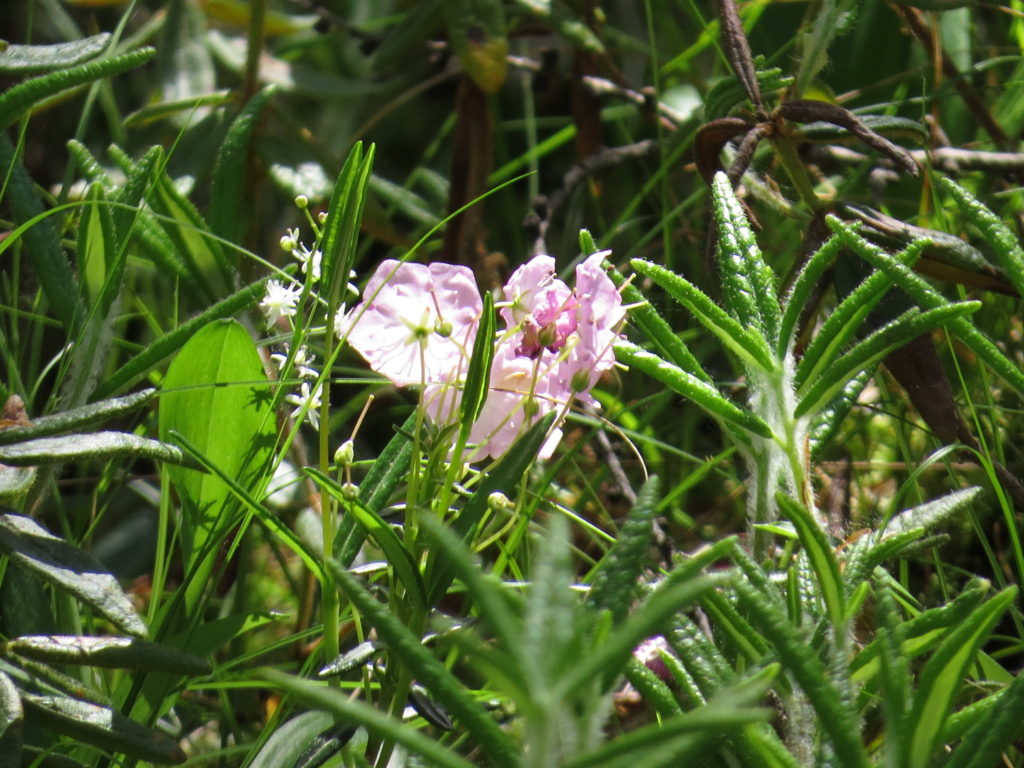
The forest part of the bog forest is made up of Tamarack (or Larch) and Black Spruce that thrive in the wet, acidic moss-soil. They have shallow, horizontal roots that keep them upright, while the Birch trees in the bog, with their vertical roots, only get to a certain size before they tip over.
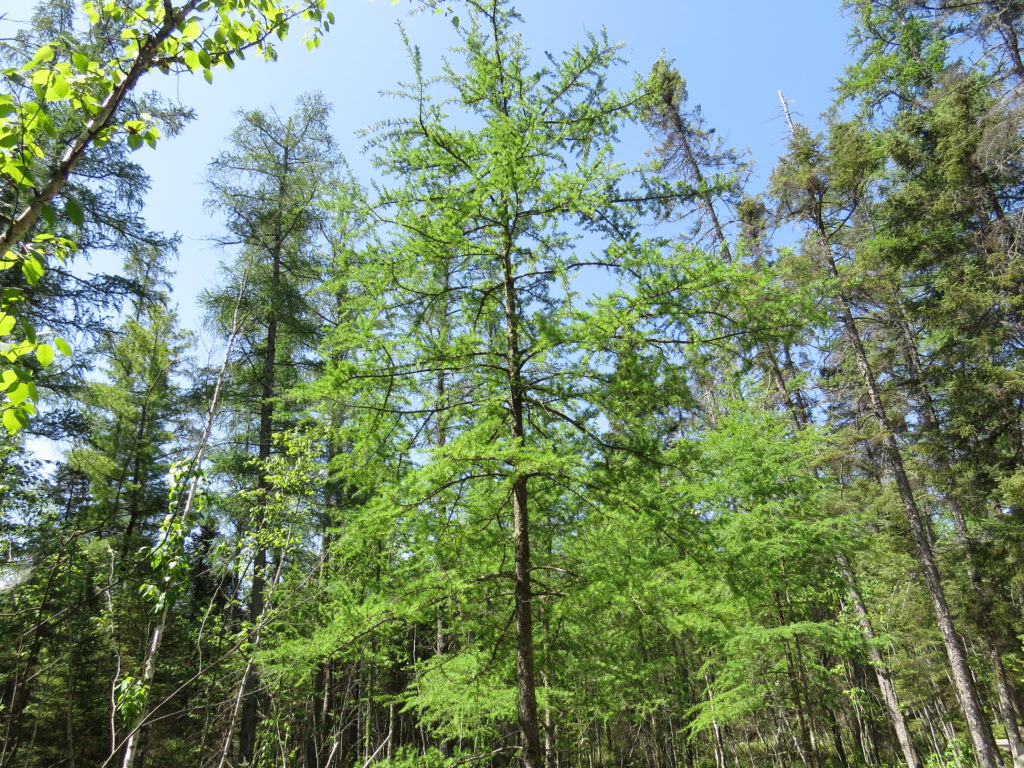
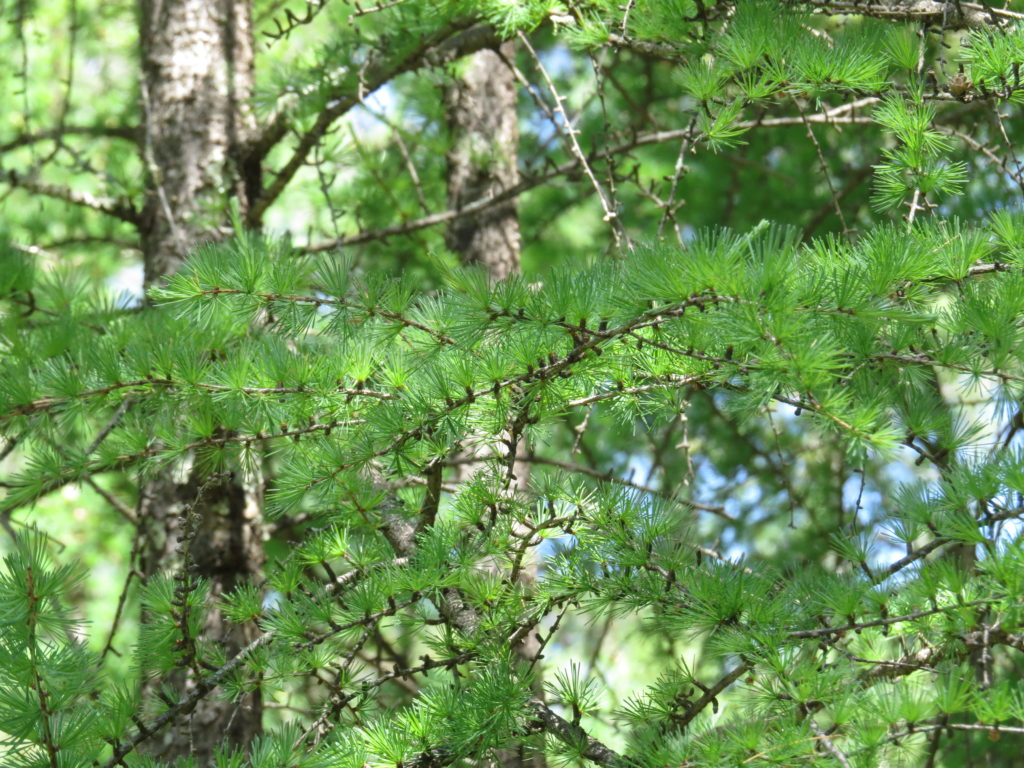
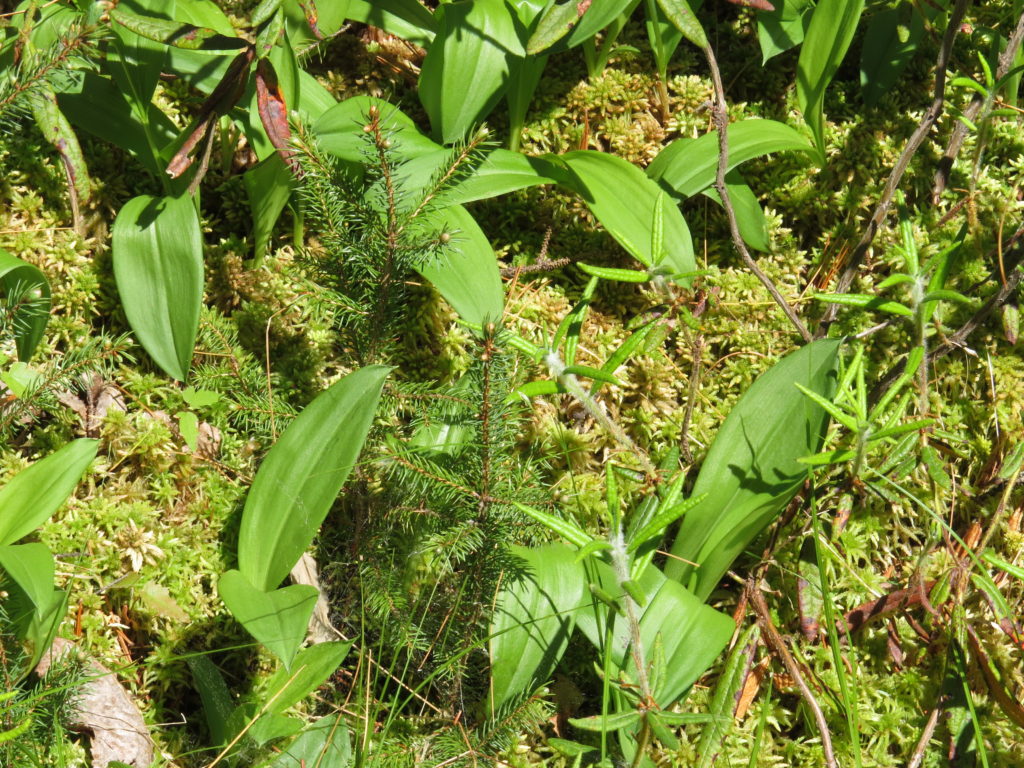

There were healthy shrubs of Wild Blueberries in certain places where sunlight was more prevalent, and the fruits were just starting to form from the spent blossoms.
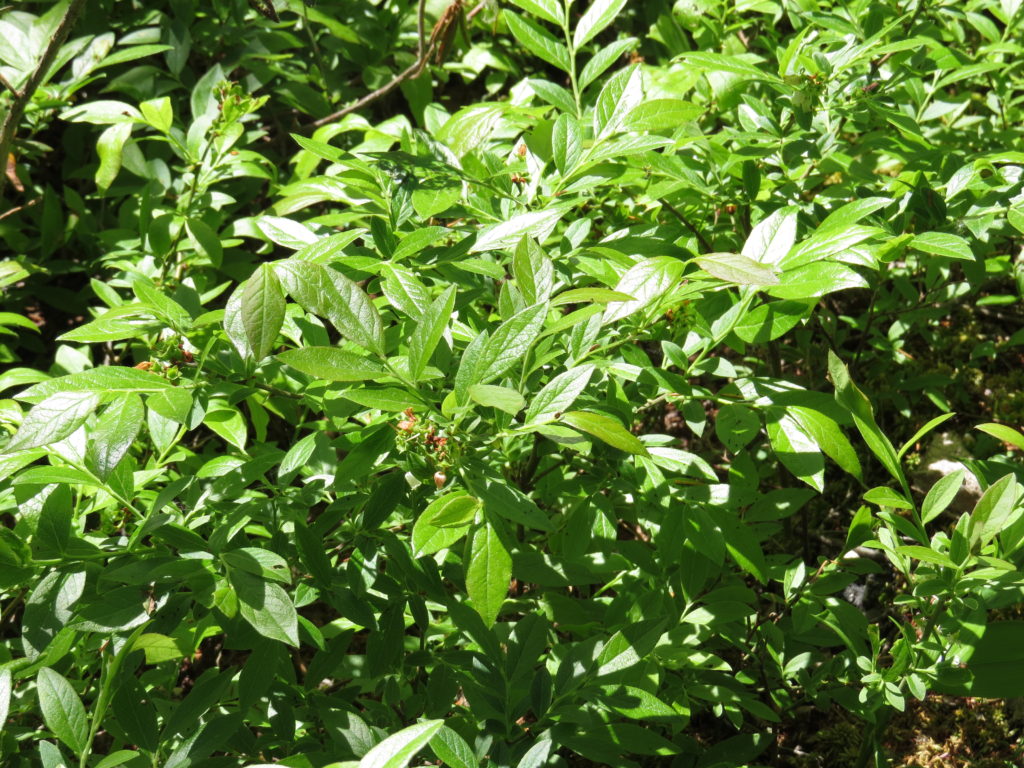
Parts of the bog reminded me of a fairy’s world with dancing shadows and sunlight on mossy dales and fallen-log caverns.
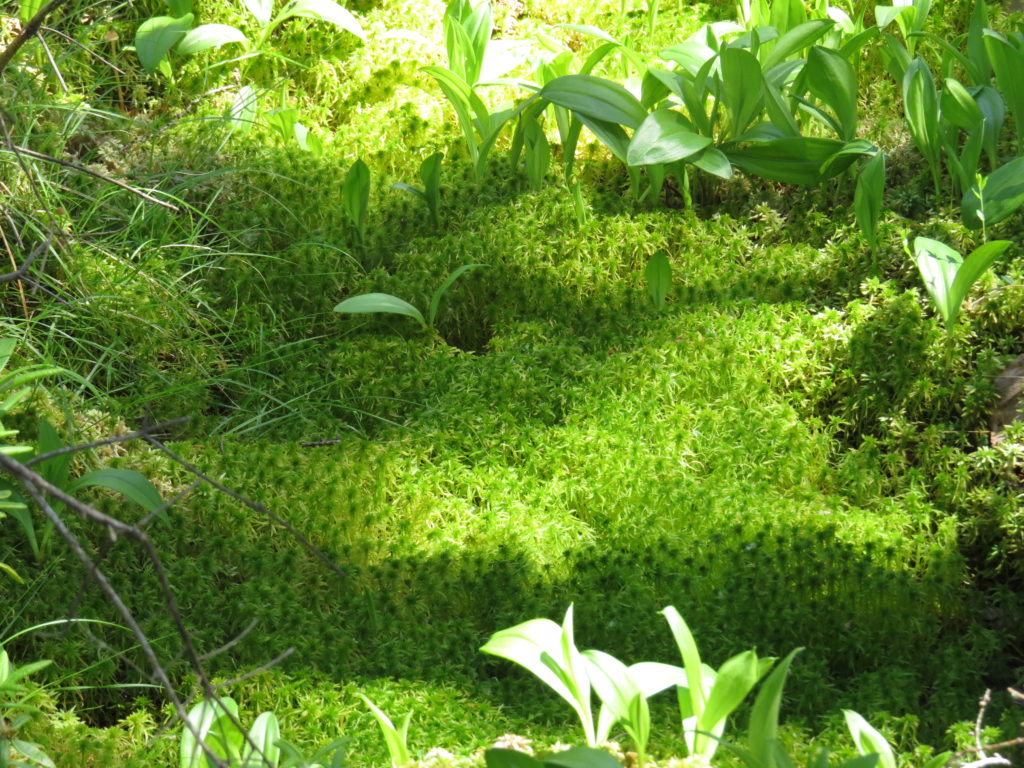

Just when I couldn’t be more pleased with the generous offerings of the June bog, Chris pointed out a spectacular plant in a bed of moss! It looked like chives with cotton blooms! It was standing upright three feet tall, and the bright white blossoms swayed in the breeze. The cotton chives are actually called Tussock Cottongrass, a sedge that grows in wet, northern areas. I had never seen anything like it—it was like a gift from the earth’s spirit keepers.
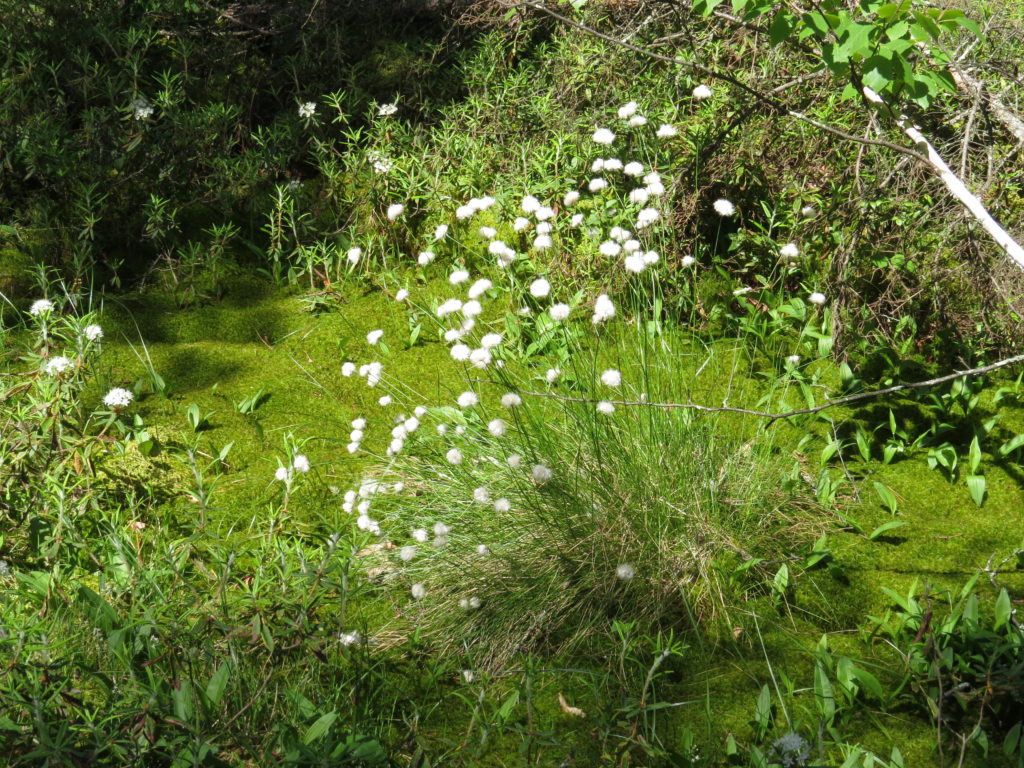
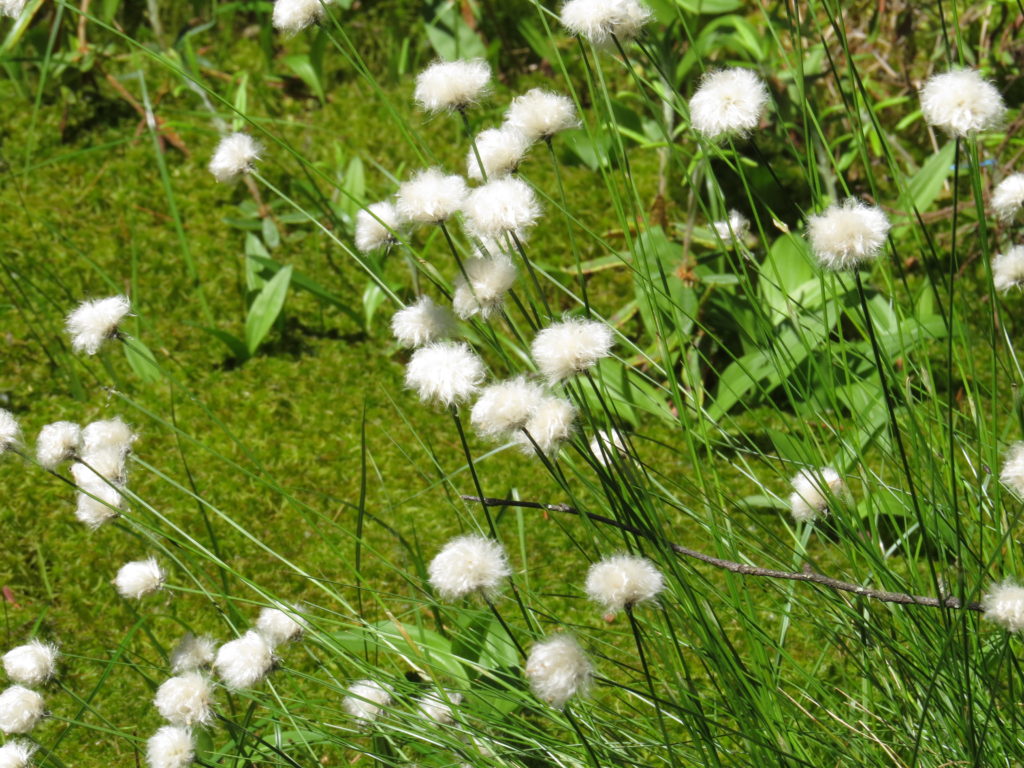
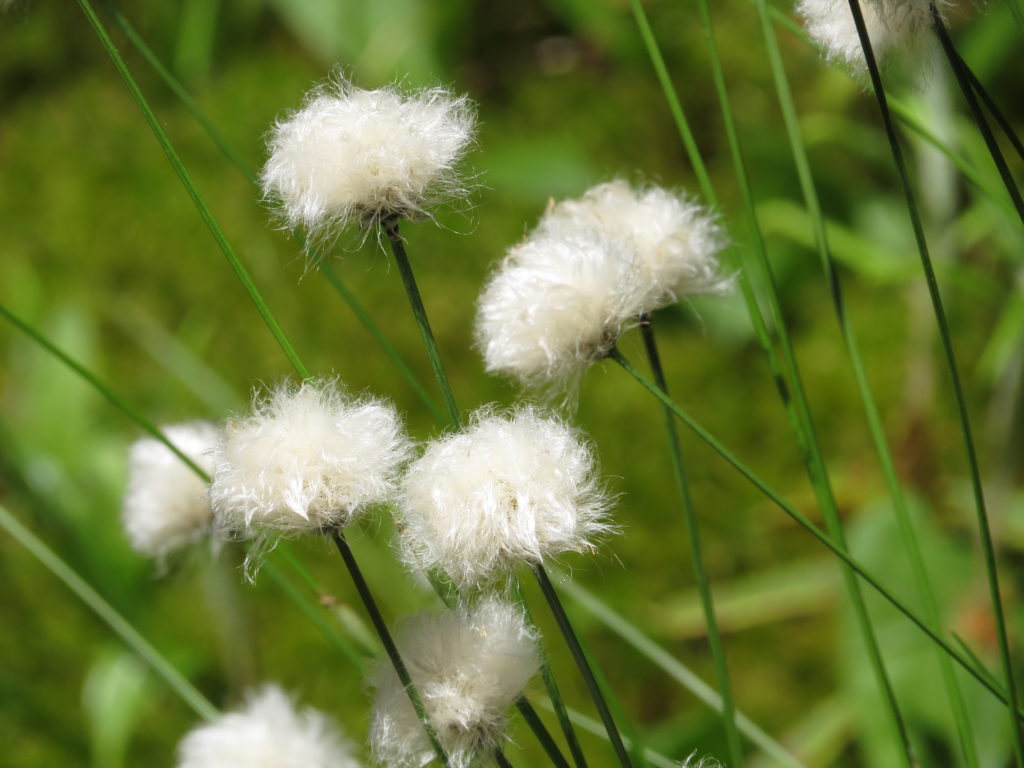
I had been anticipating a return to the bog for almost two years. Timing was an issue. My calls to the State Park to inquire about the bog azaelas were unanswered (make that robo-unanswered.) But on that day, after the rough day before, during that rocky time, I rather desperately needed to see the blooming bog—for reasons only known by my soul and my God. Once we got there, I made a bee-line for the bog, to the ‘good stuff’ I was anticipating in my head and needing for my spirit. I was so dang happy when I saw the masses of white Rhododendrons blooming, and I know it’s strange, but I’m kind of happy that a person can be so happy about a blooming bog. Nature and its beauties do that for me—it can be something different for each of us. Perhaps it’s having something to fix our gaze upon when things are not going the way we want them to, when we don’t feel like we’re standing upright on the ground, when we feel fragile. And when we see that dancing glimmer of hope in the dancing shadows of Life, we may be surprised by a spectacular specimen of Cottongrass and a mind that’s still fairly sound.


